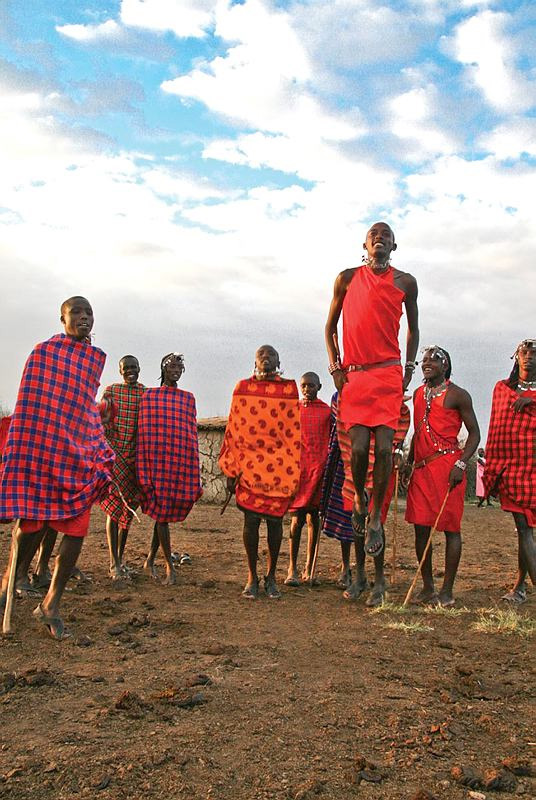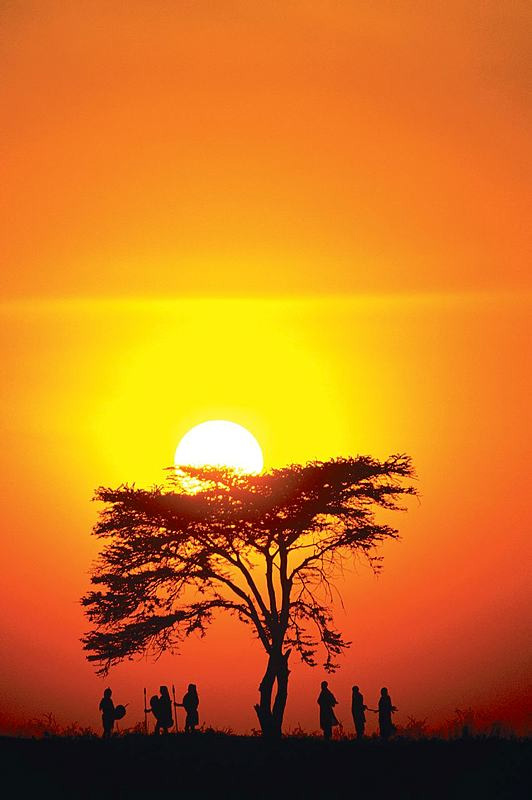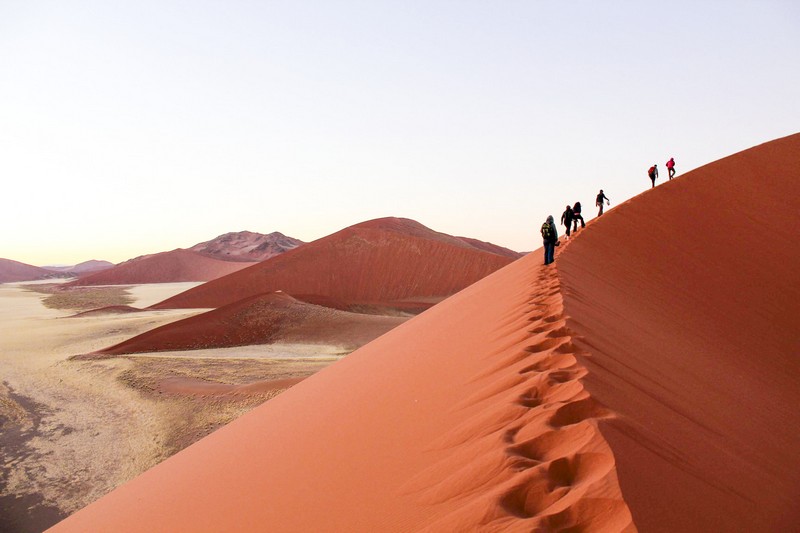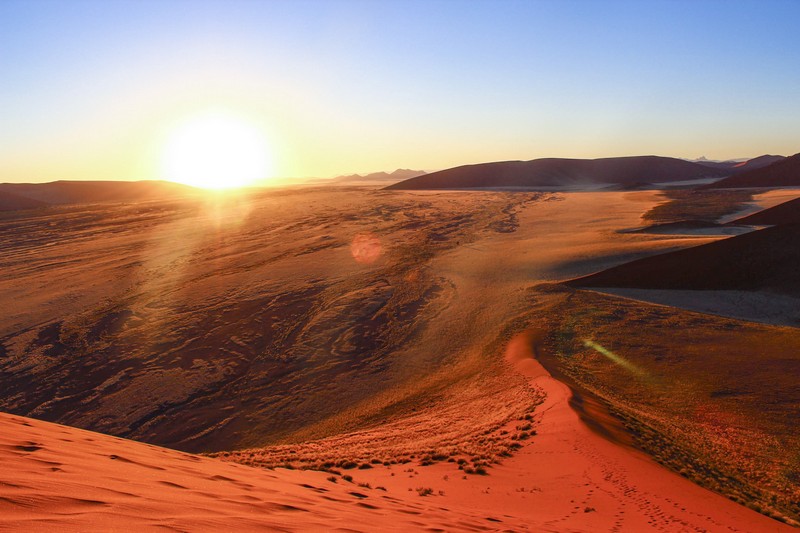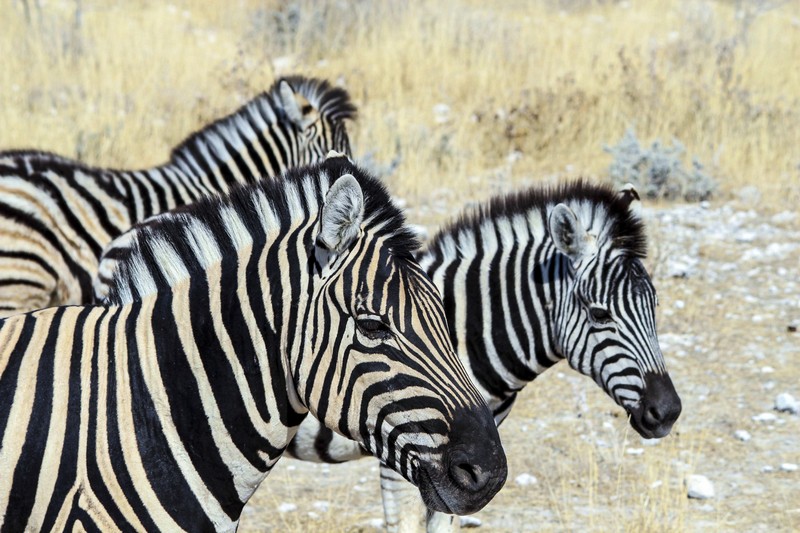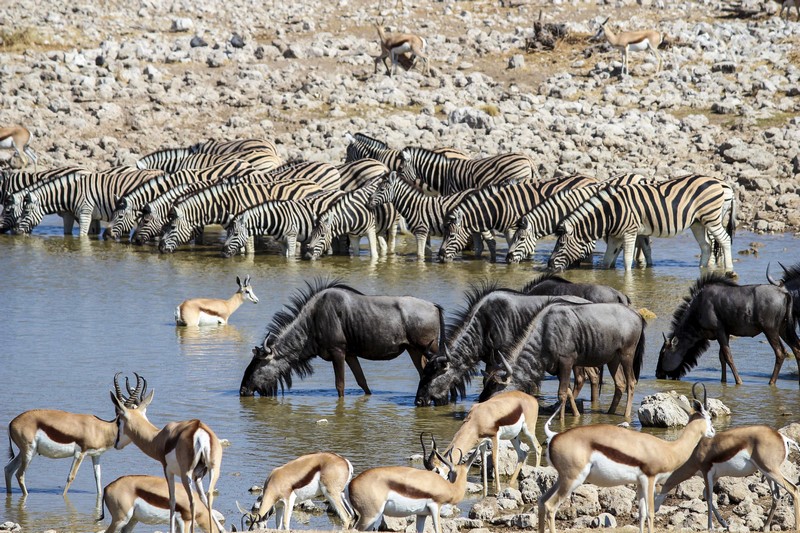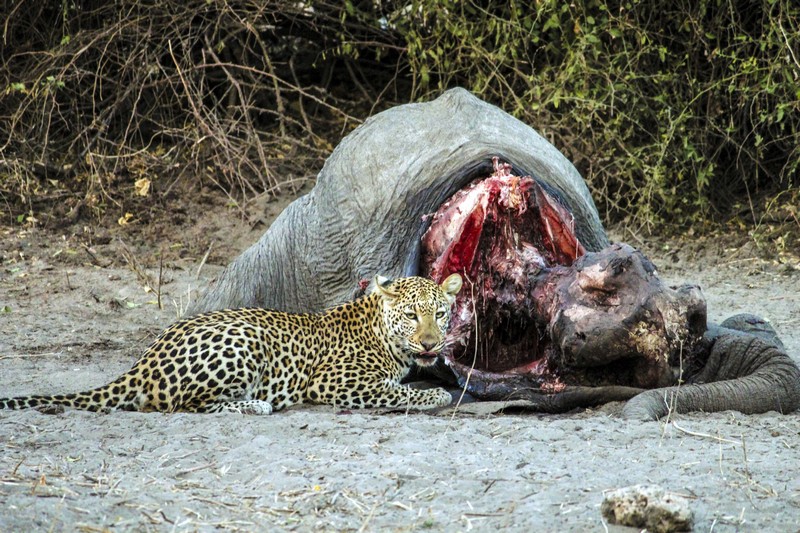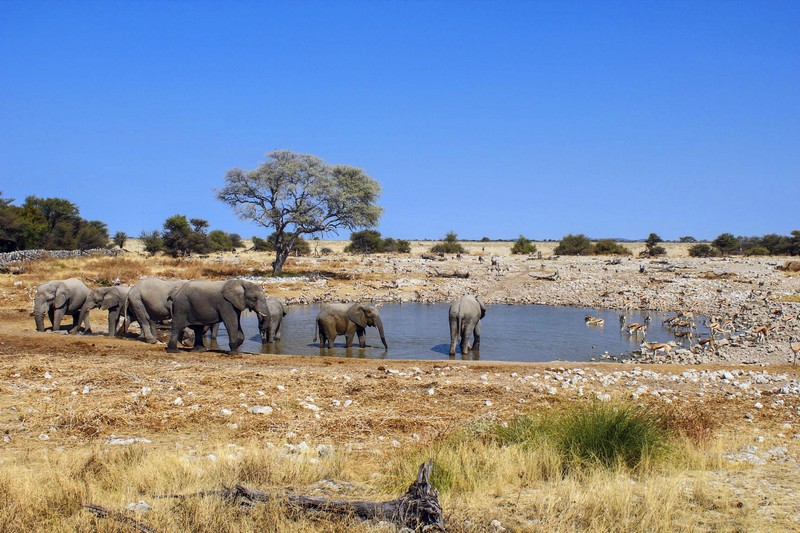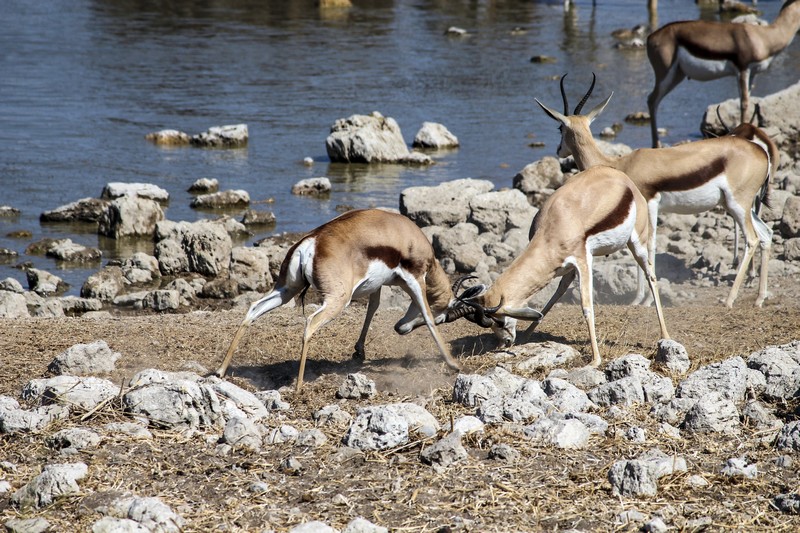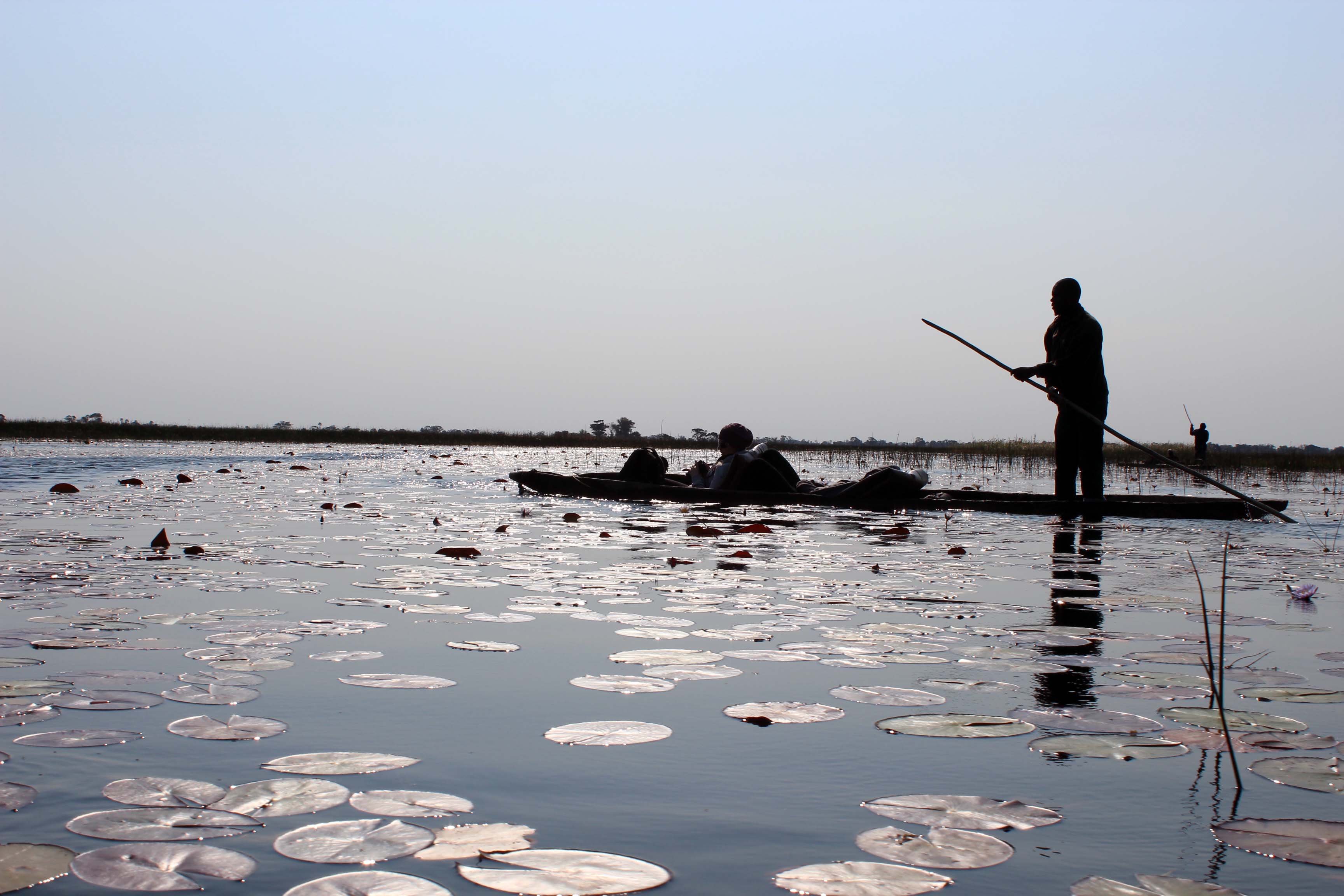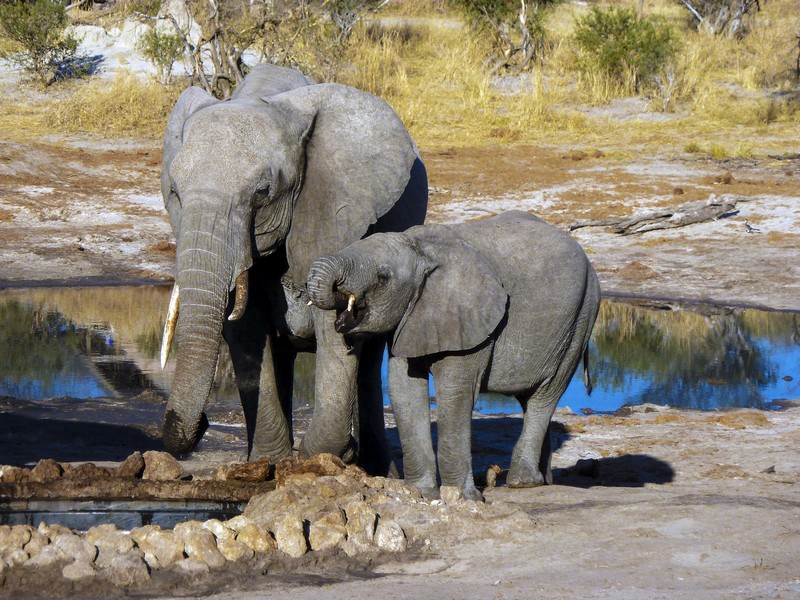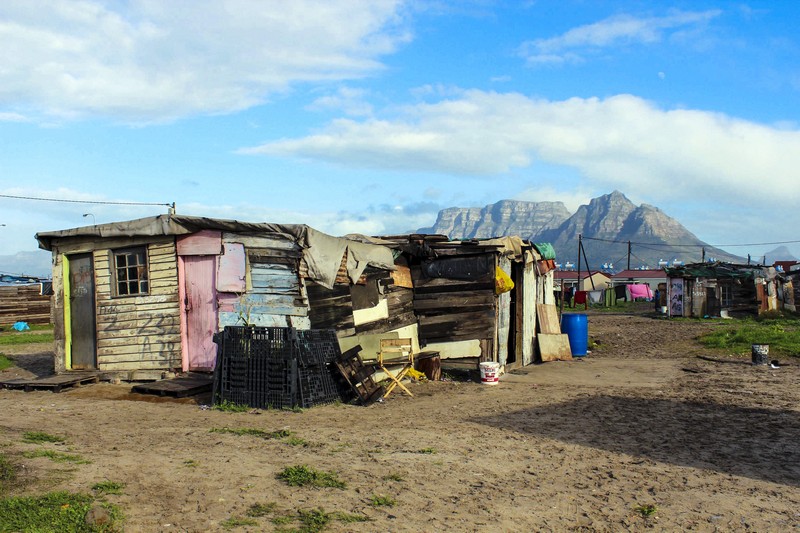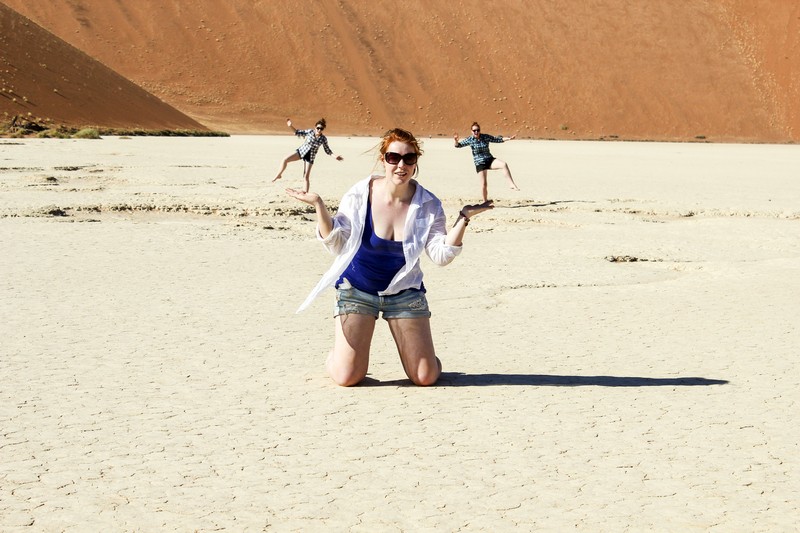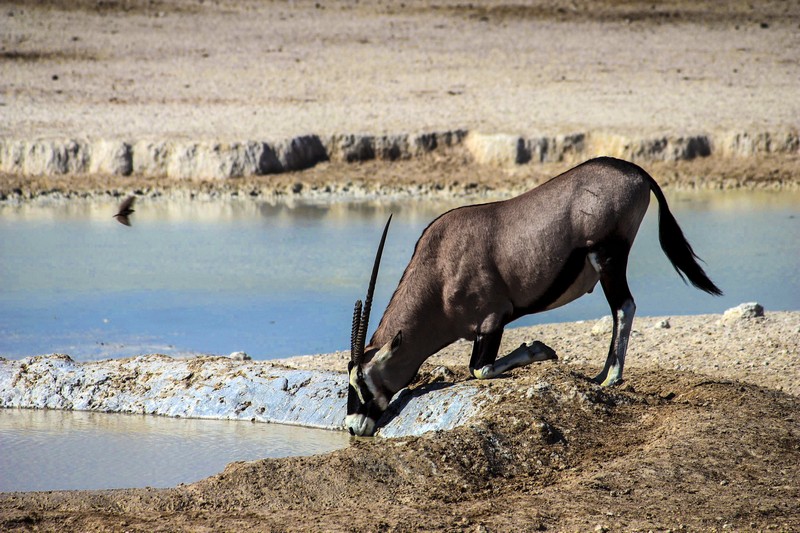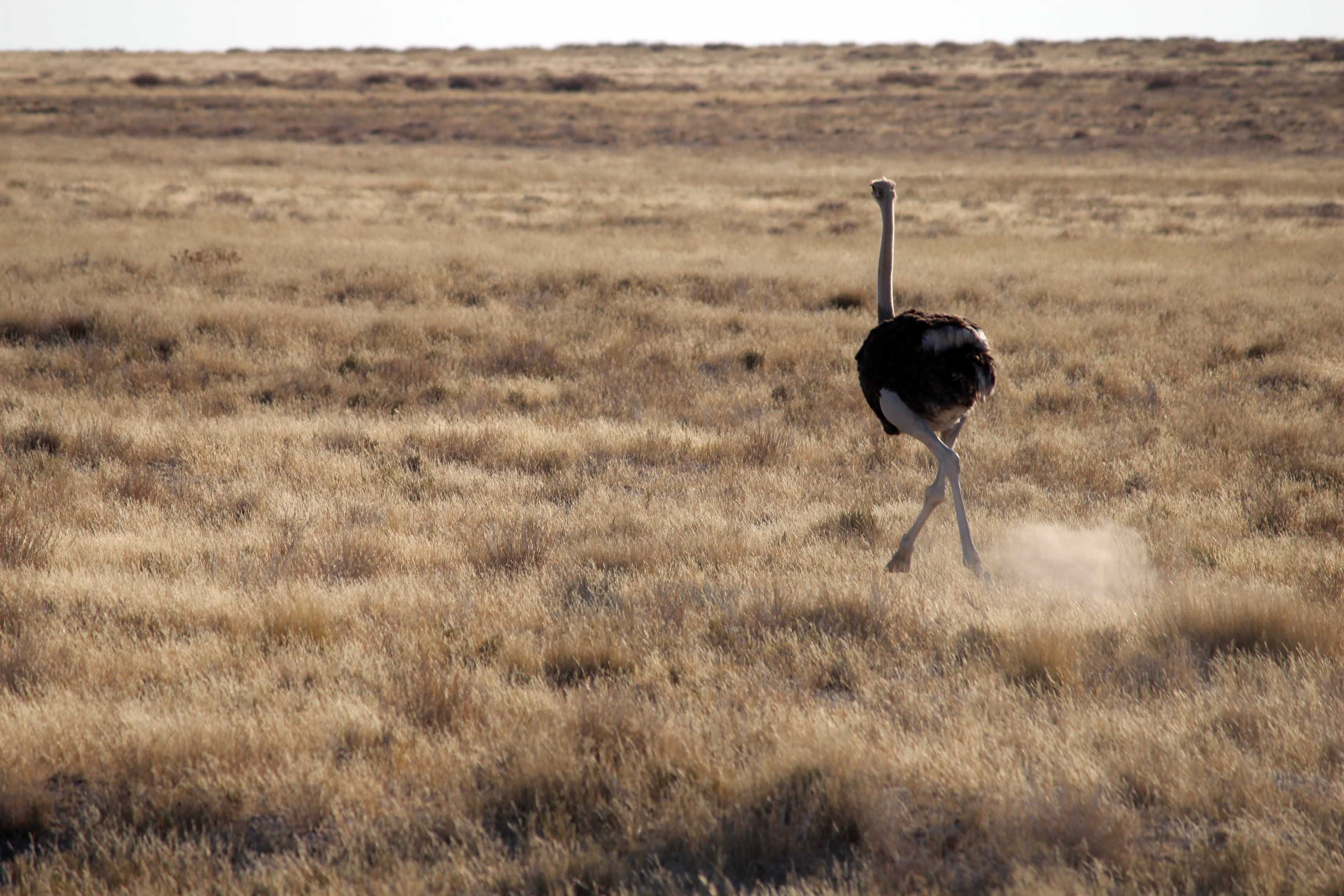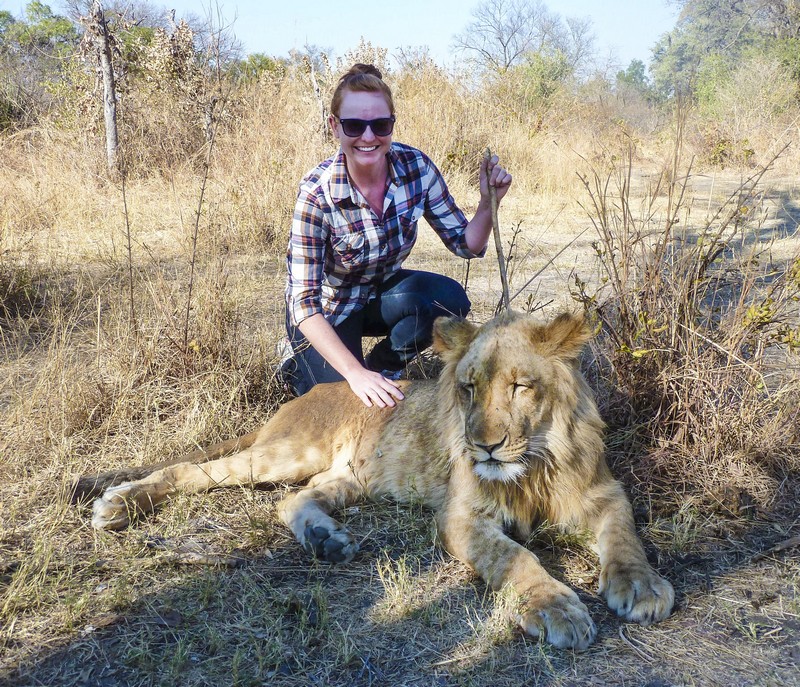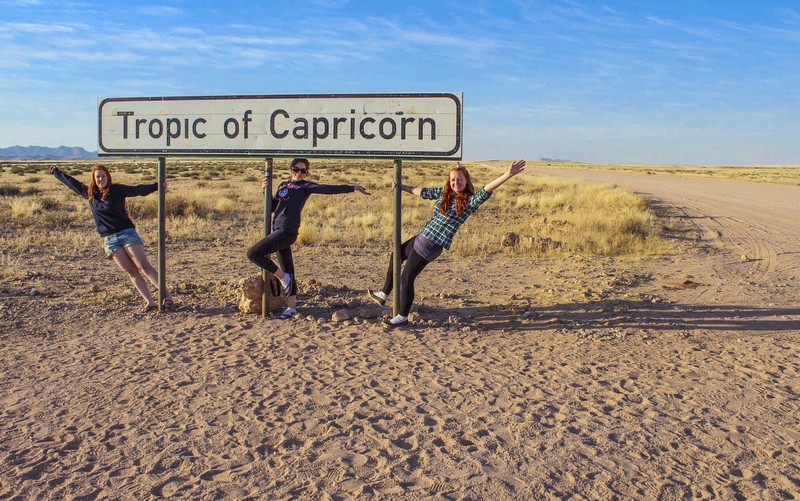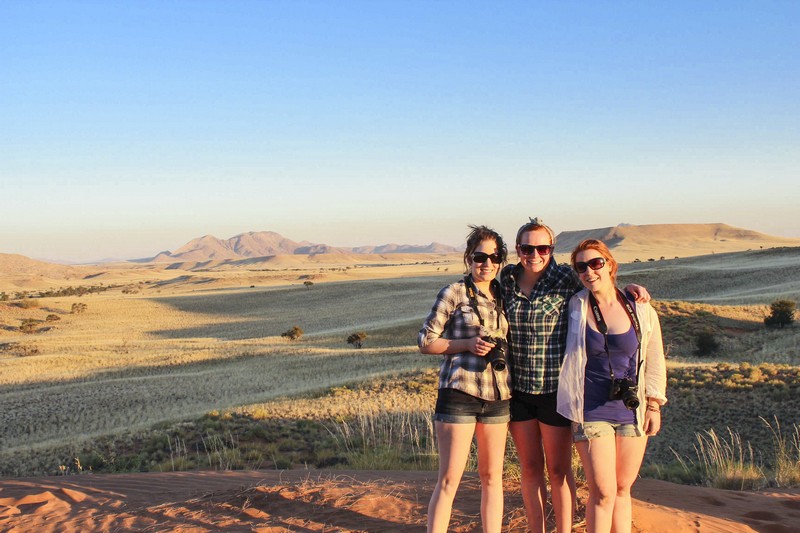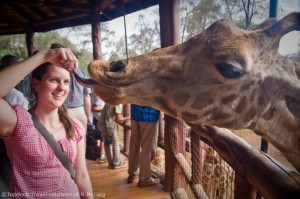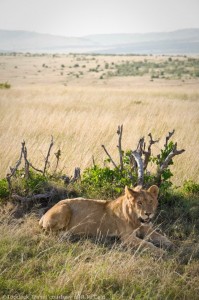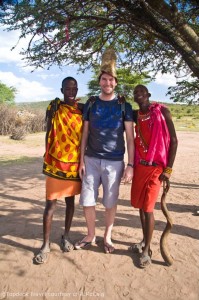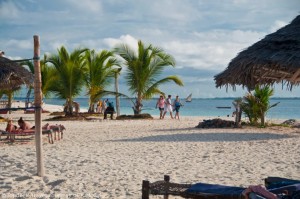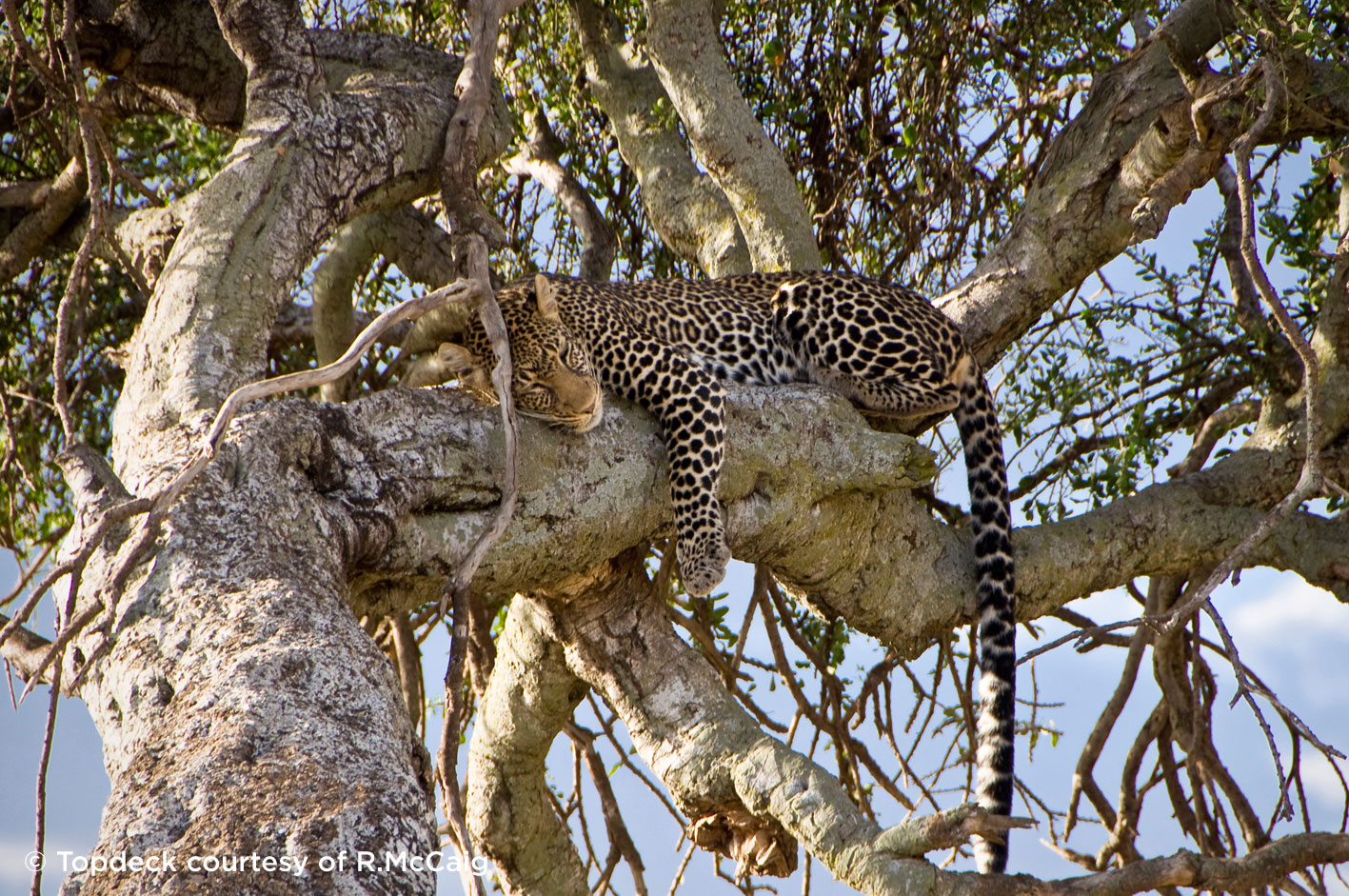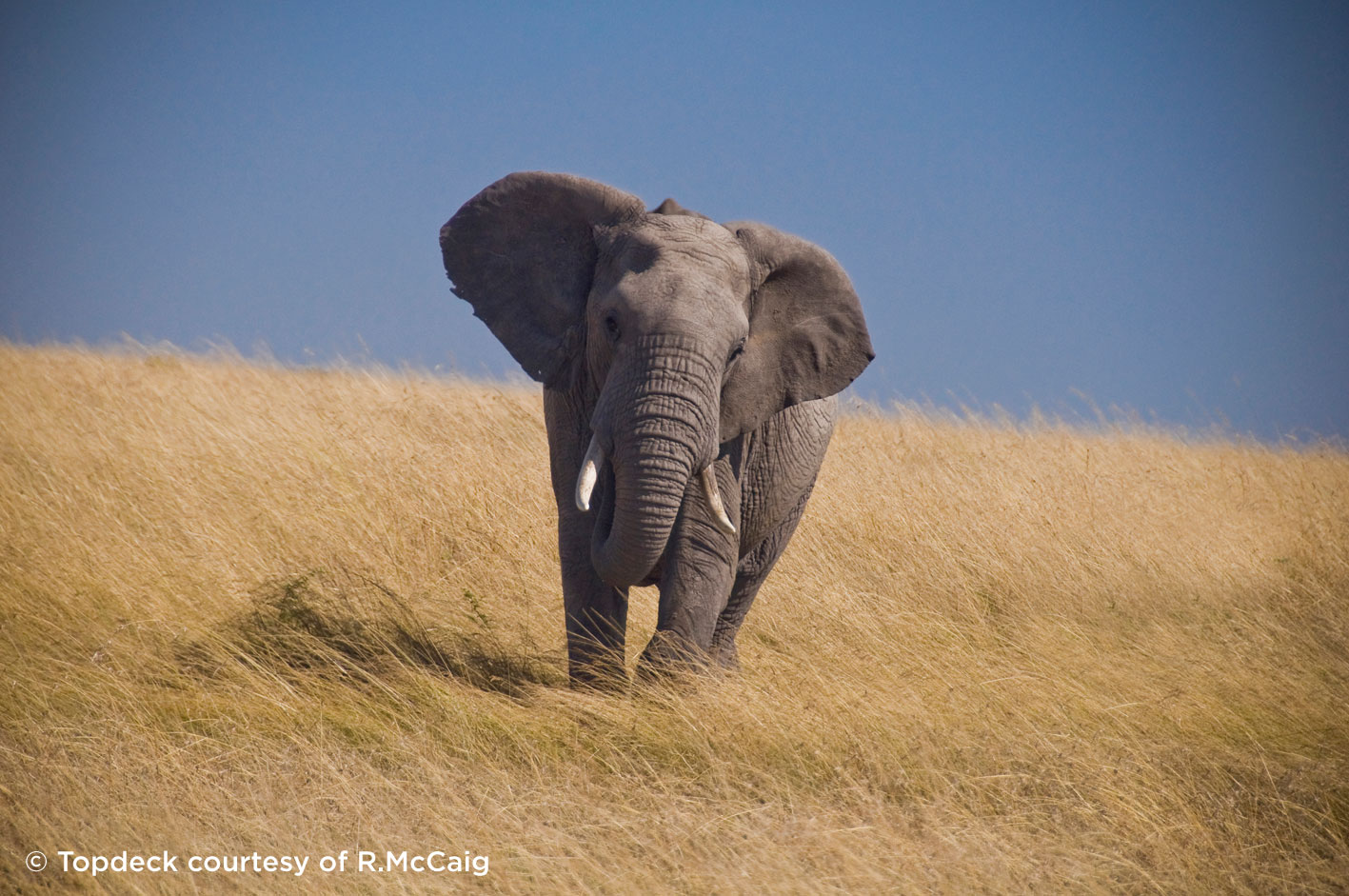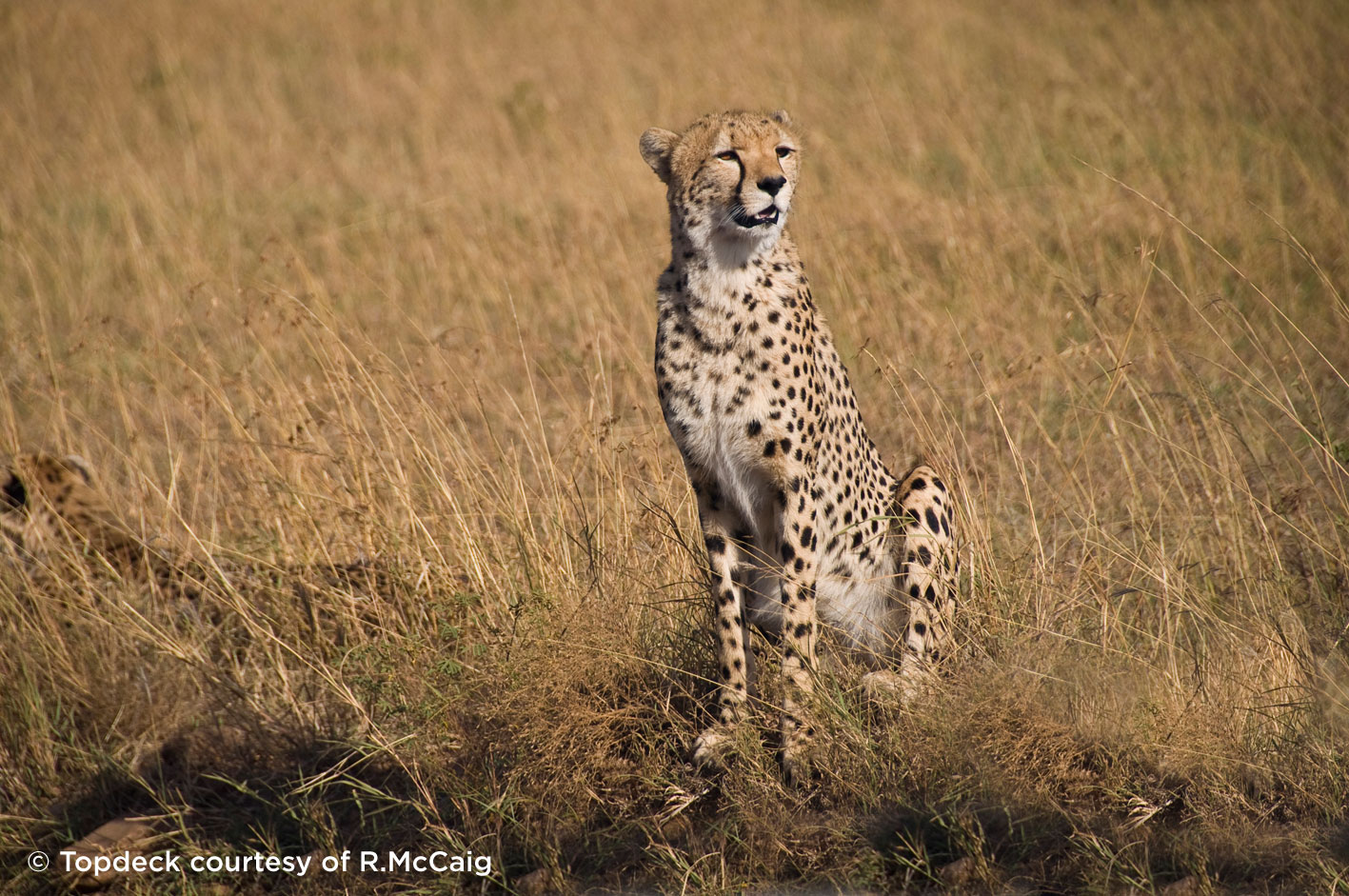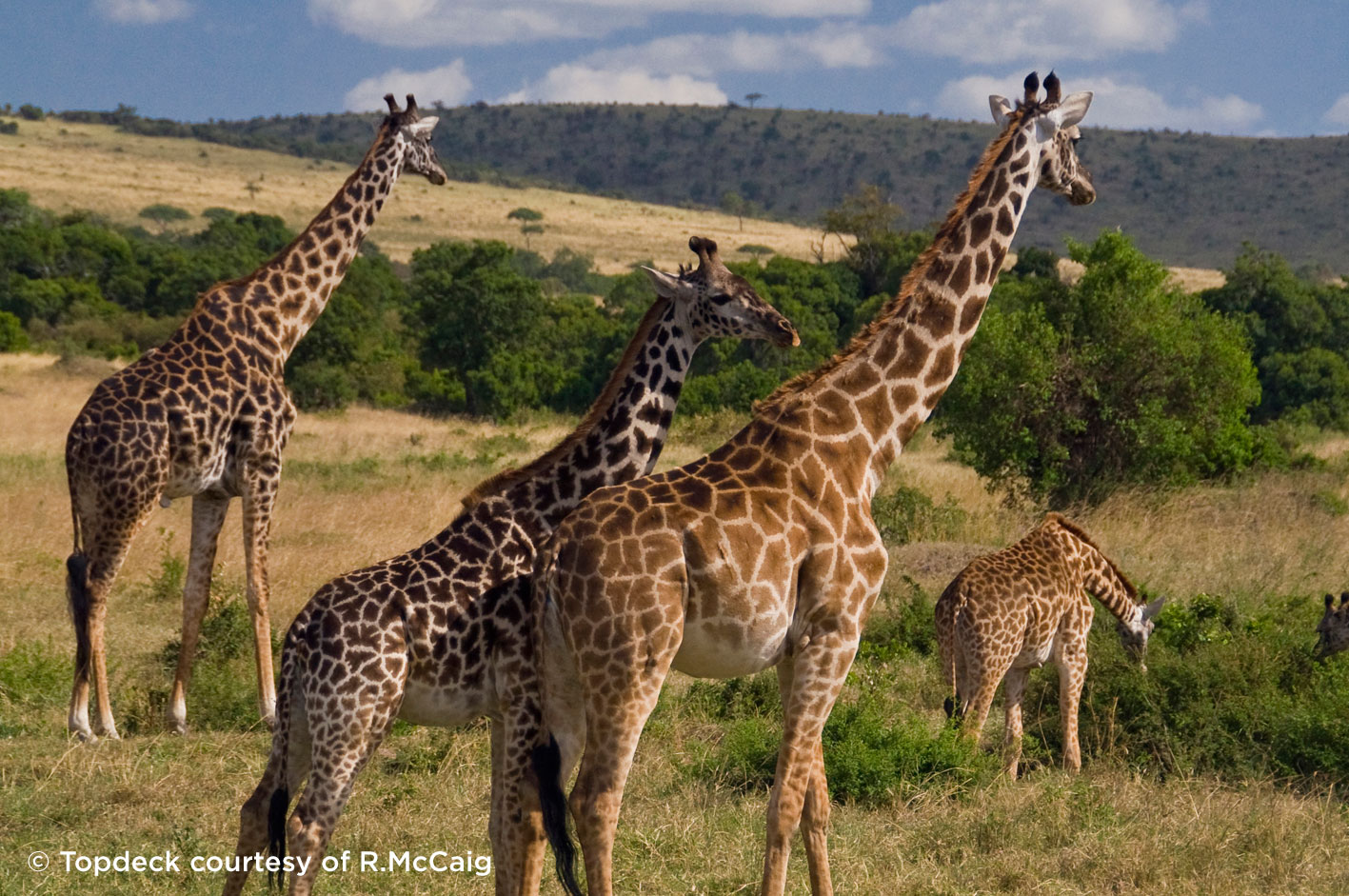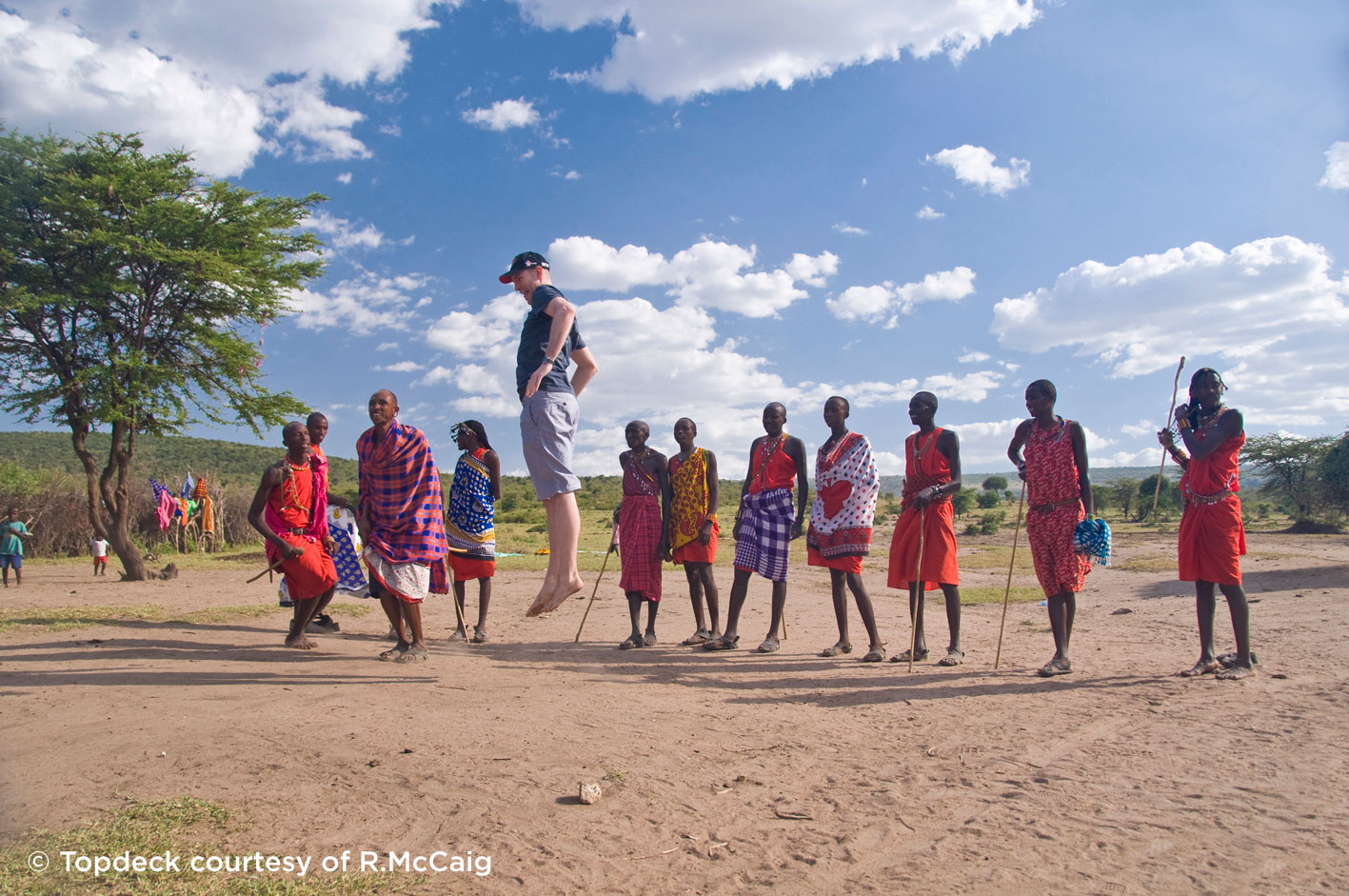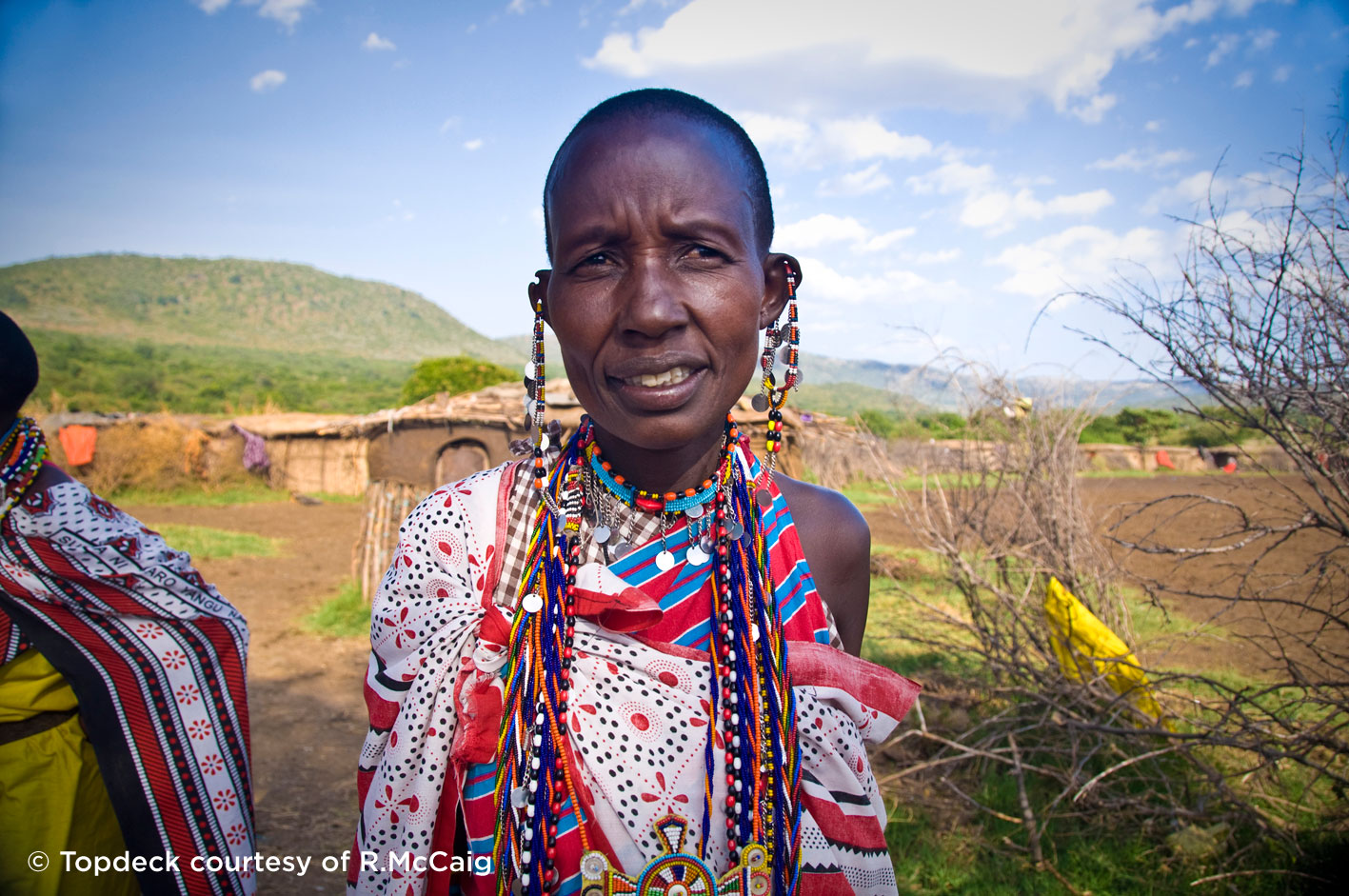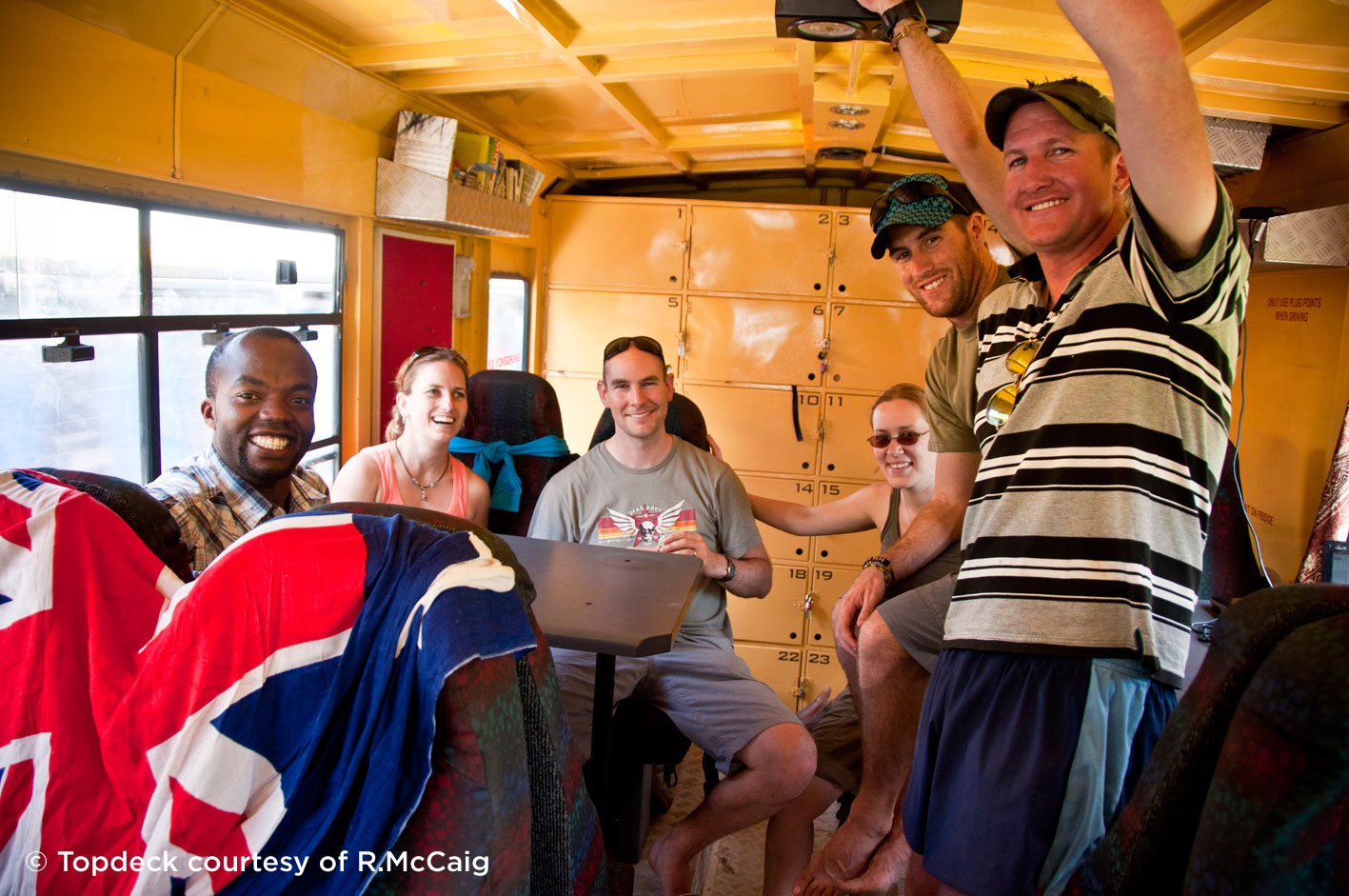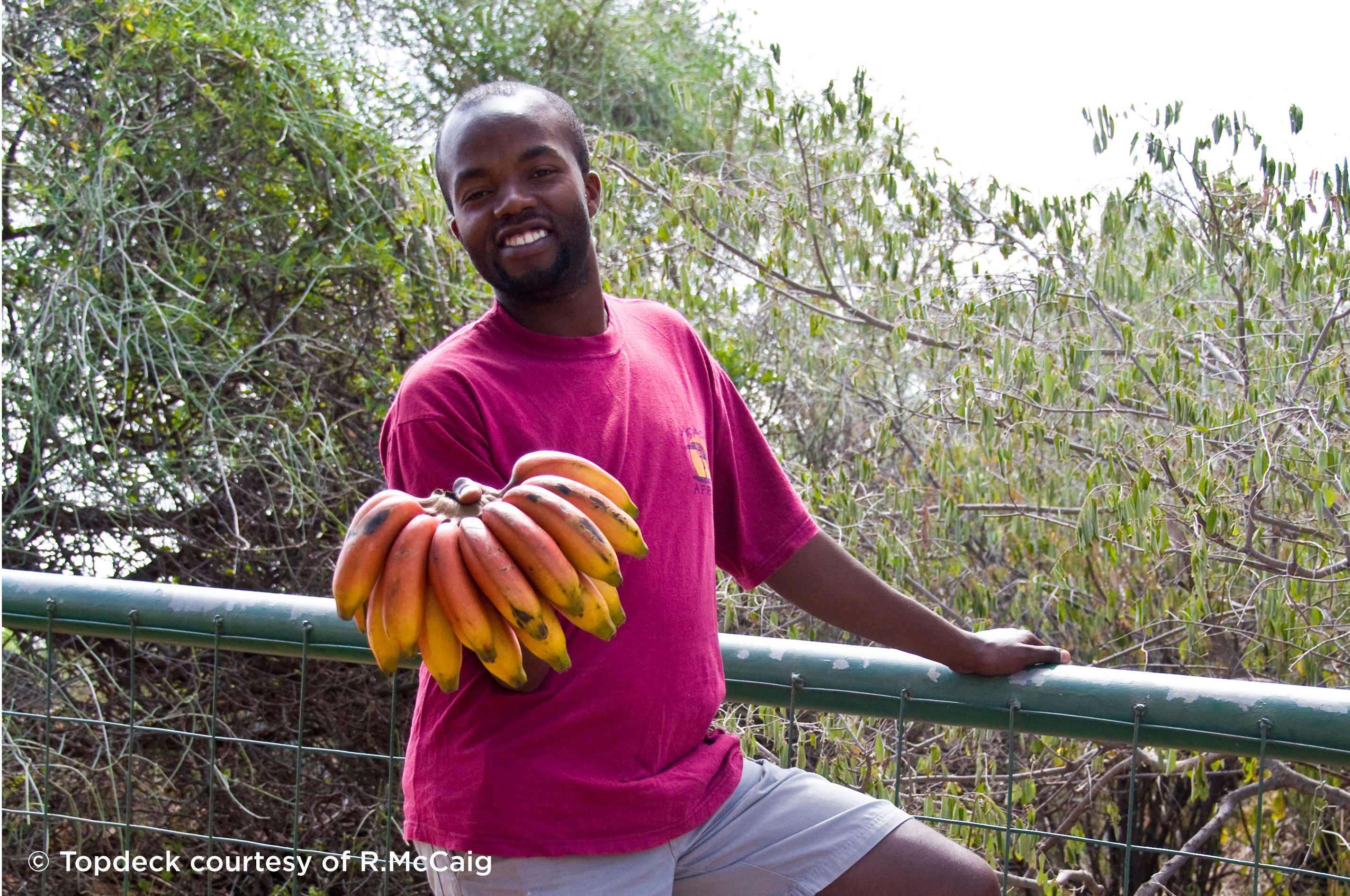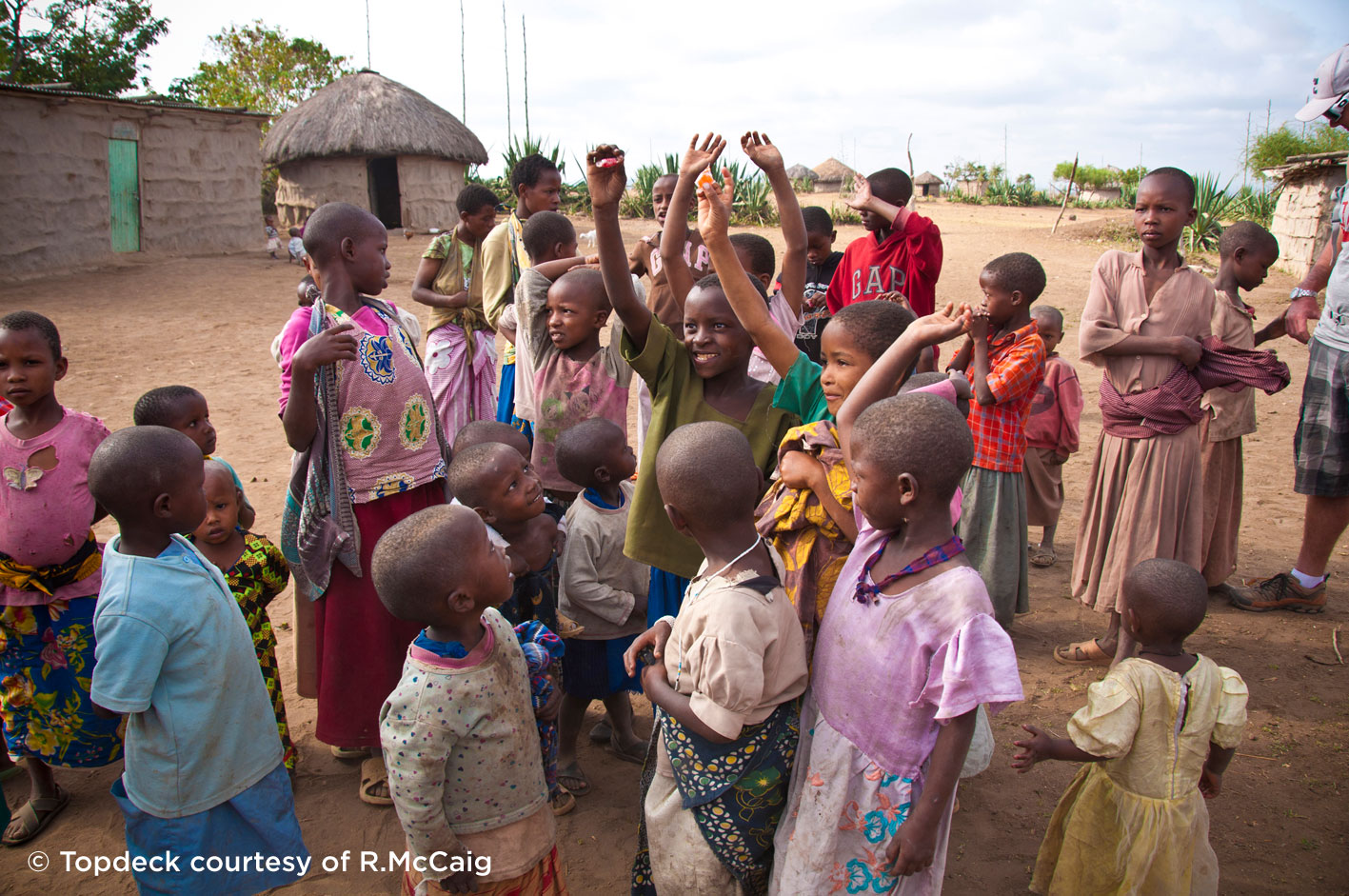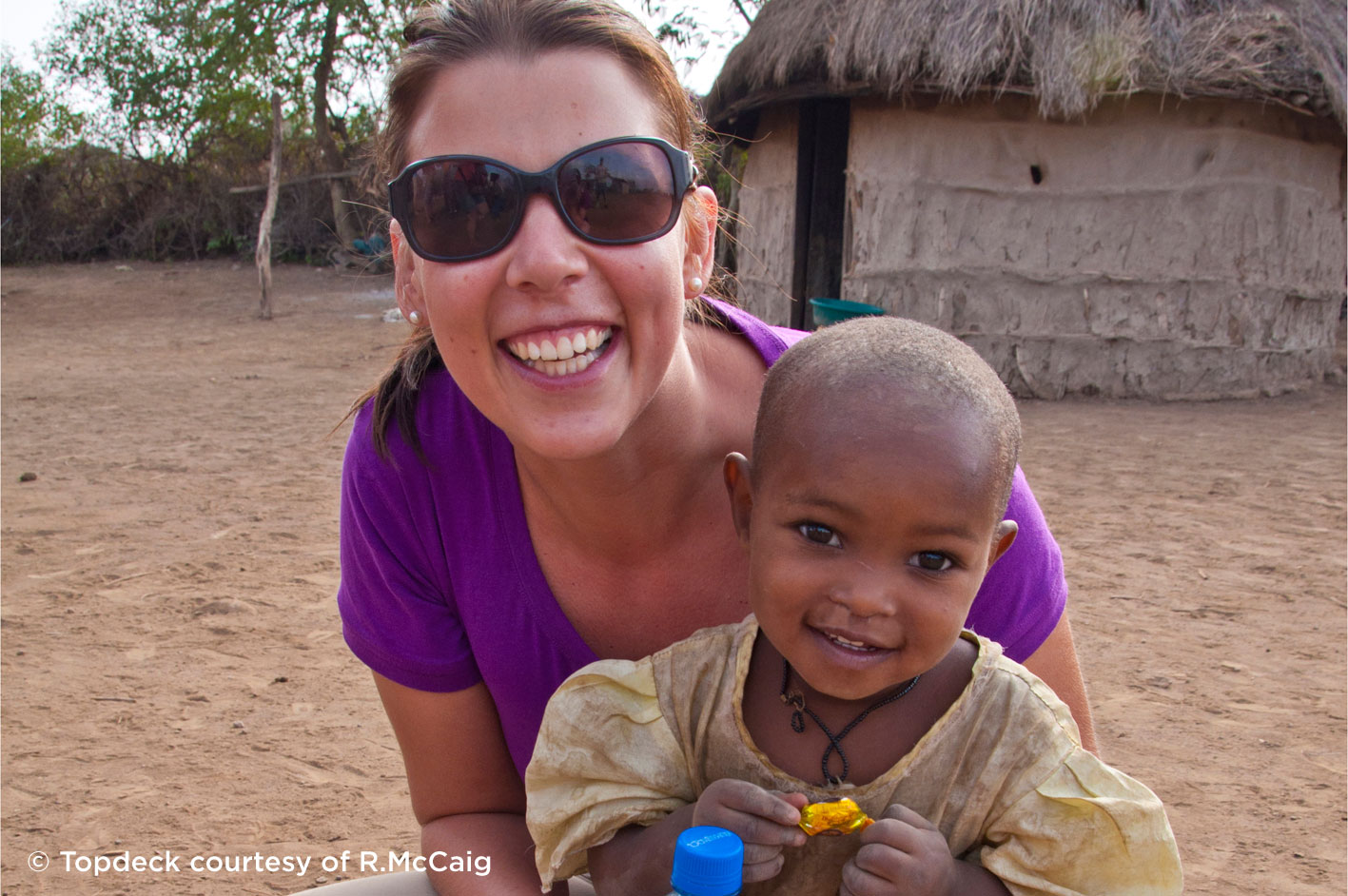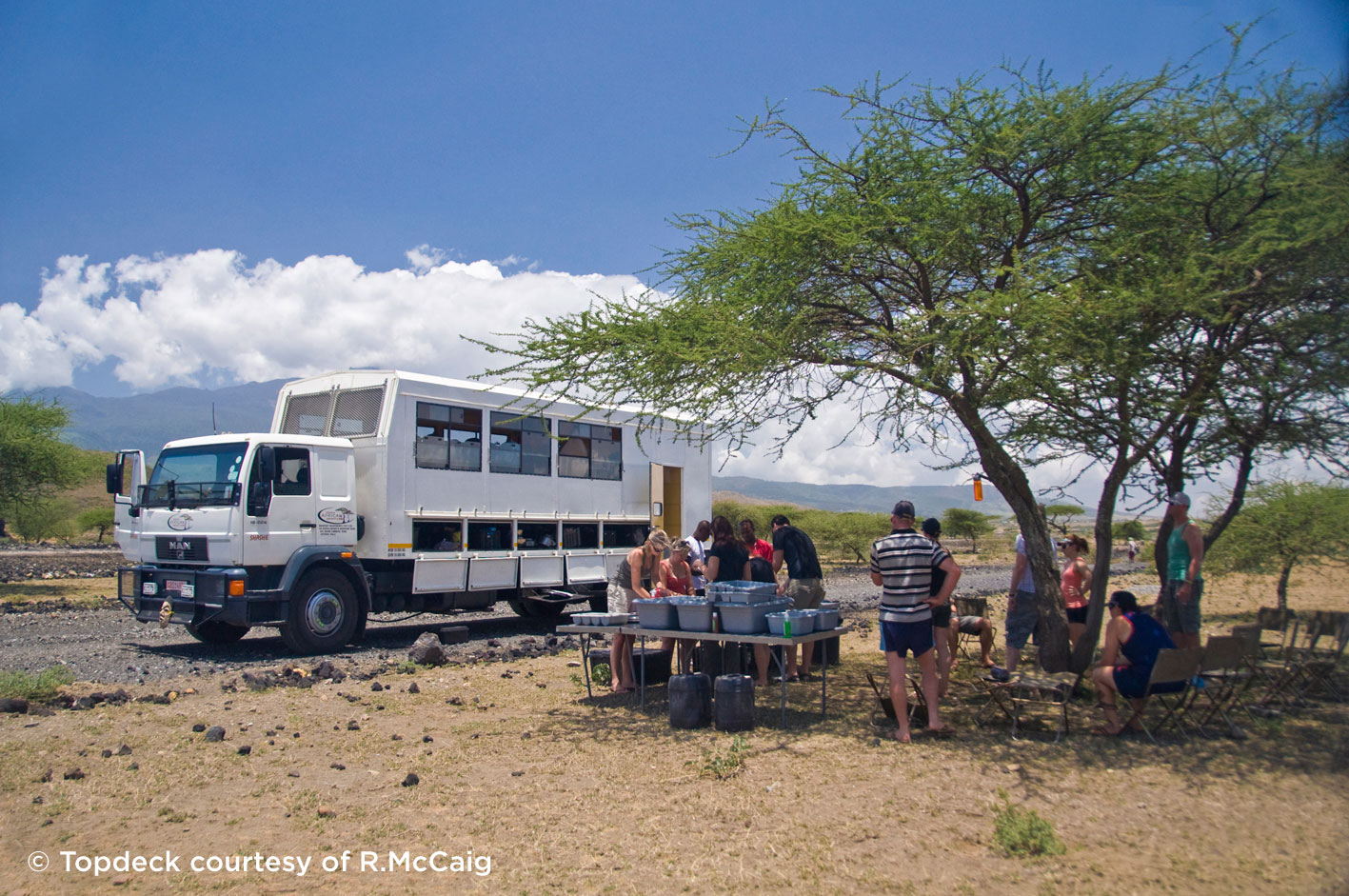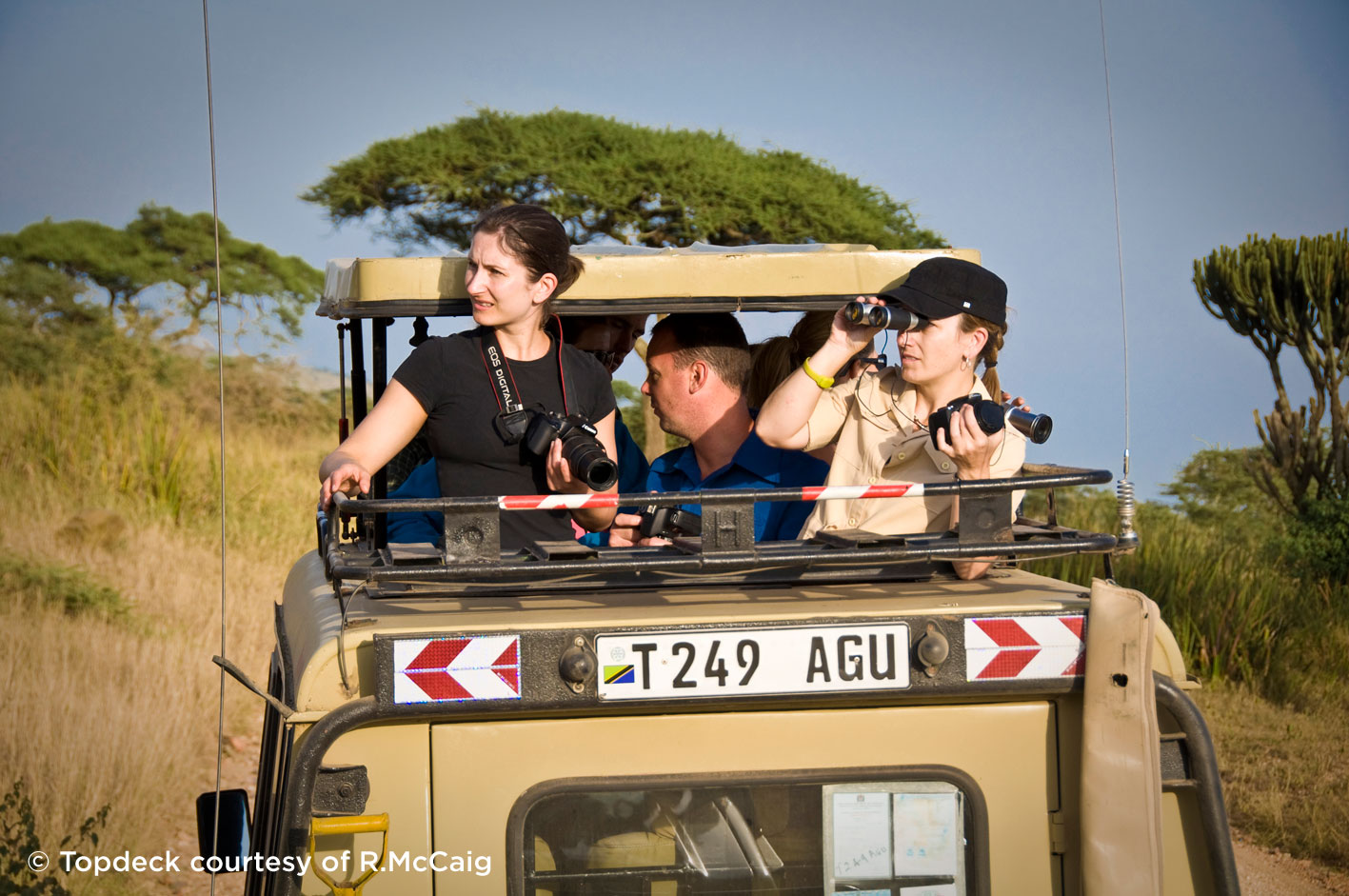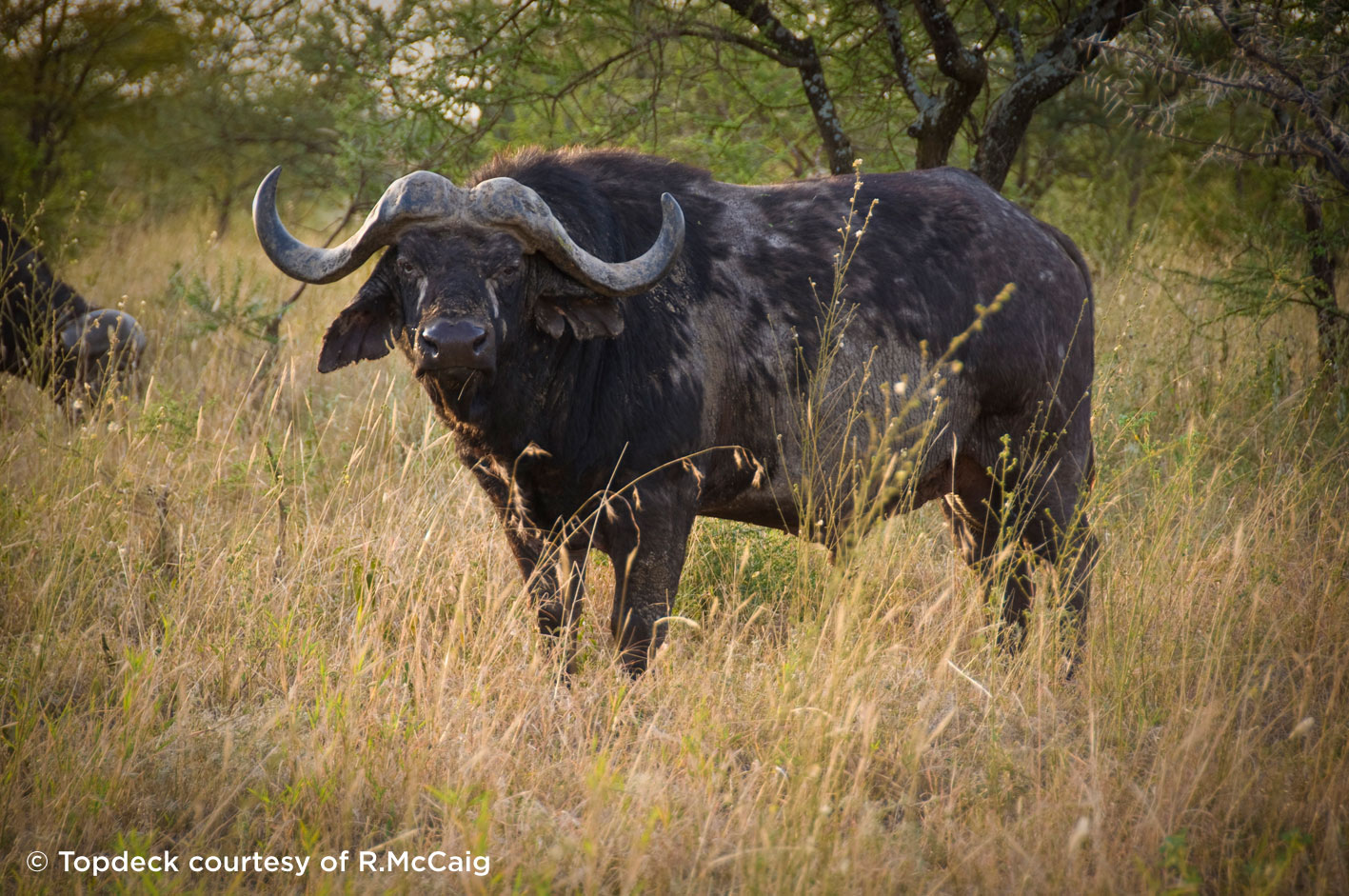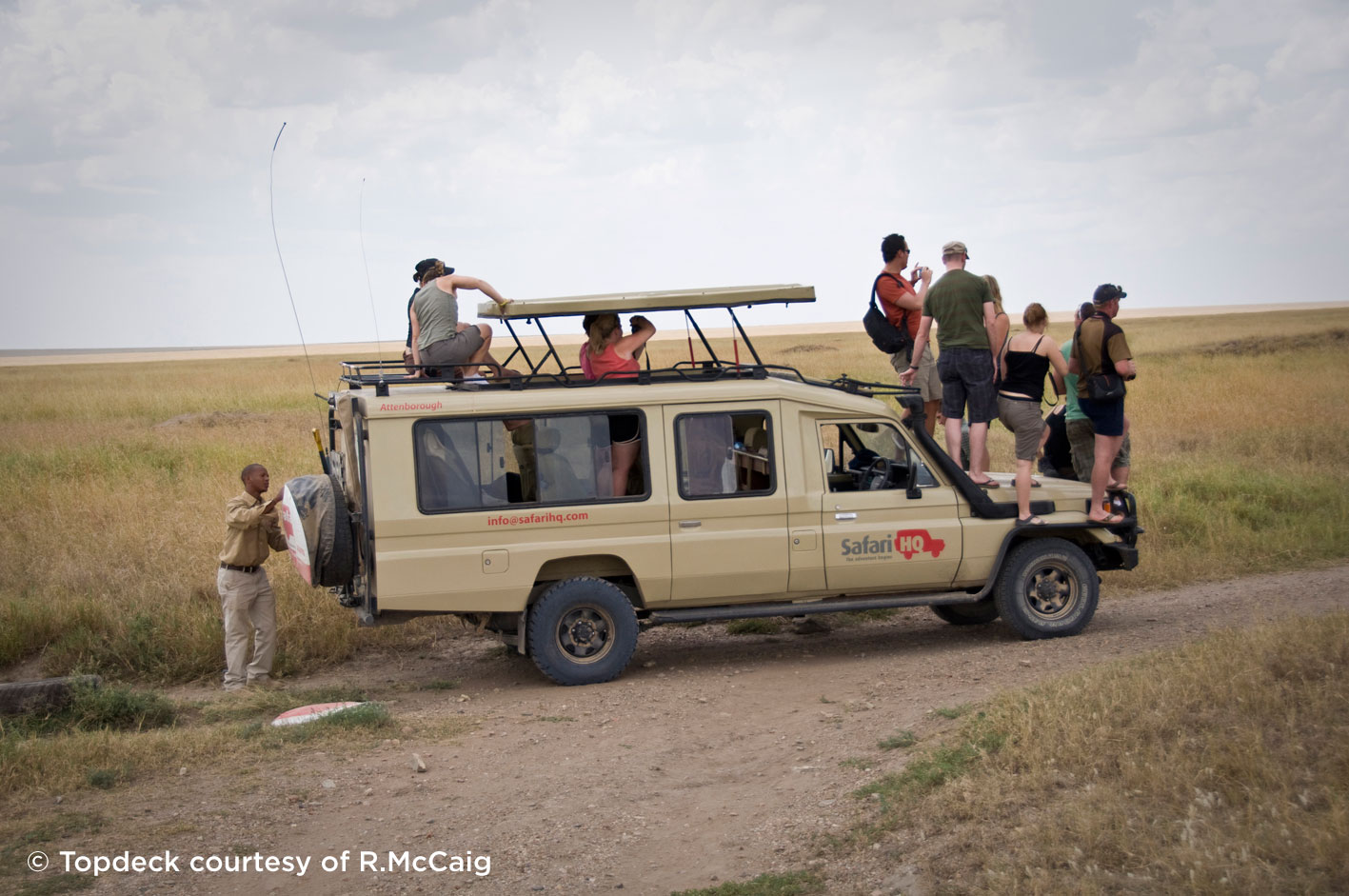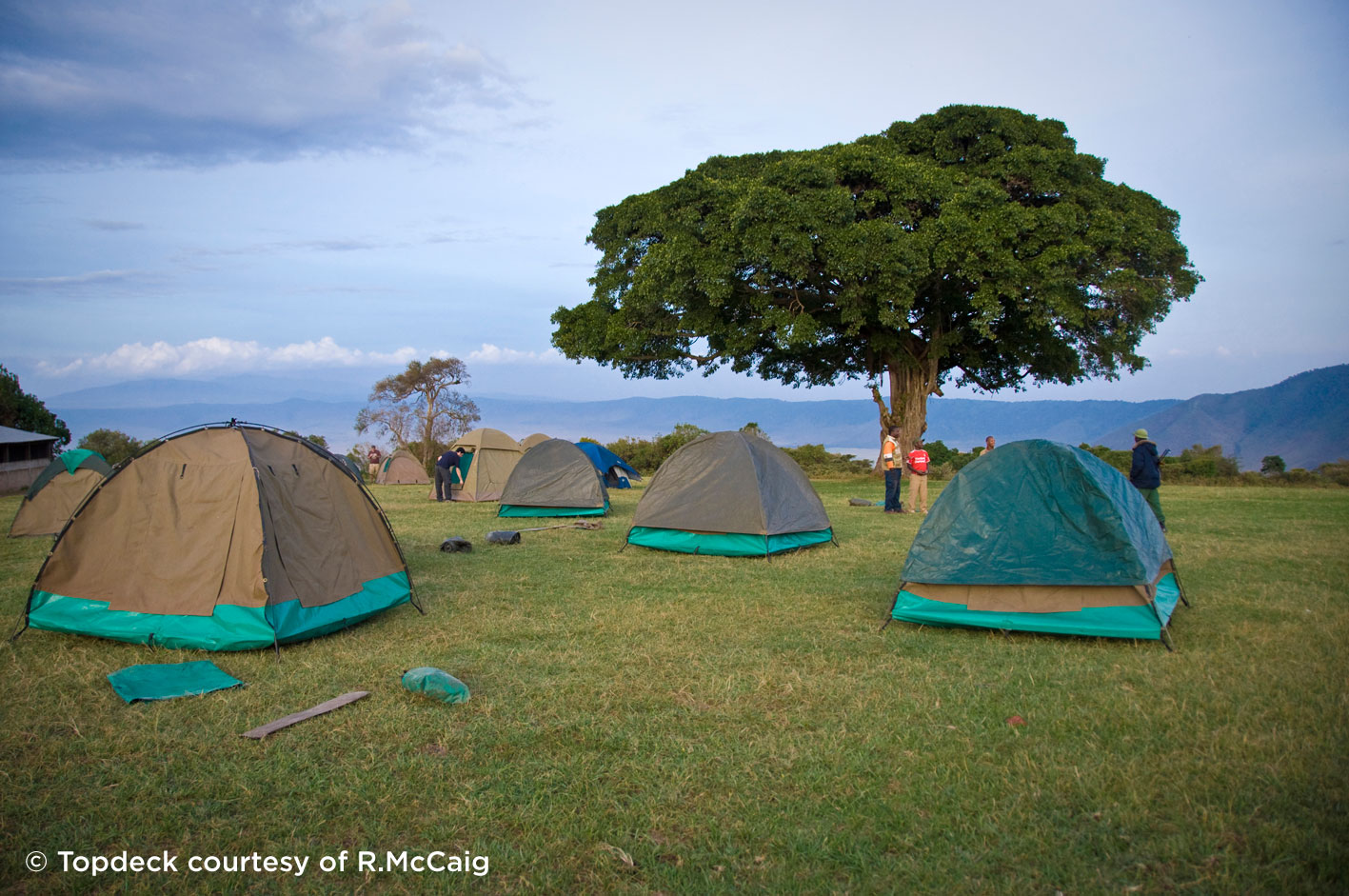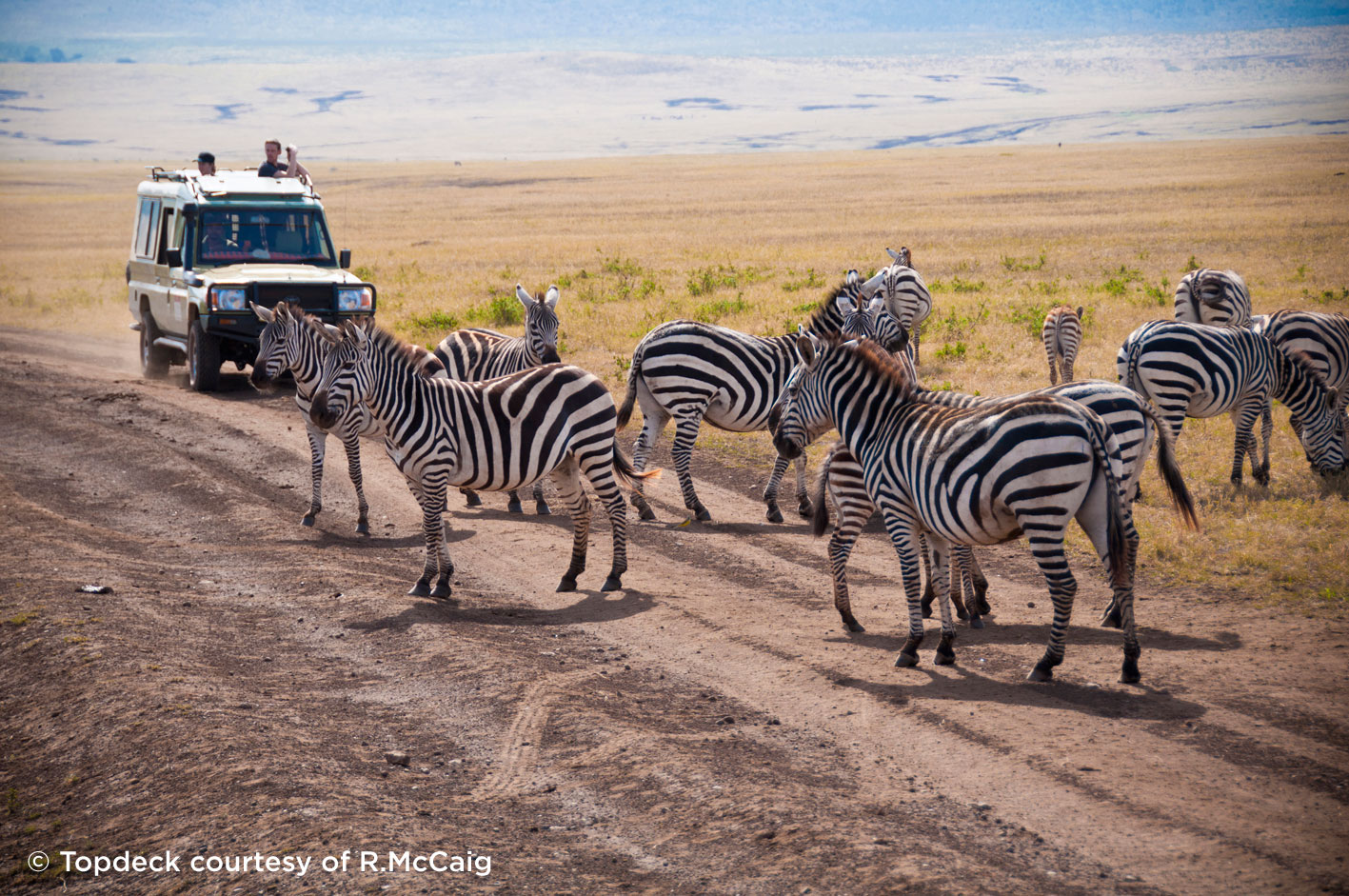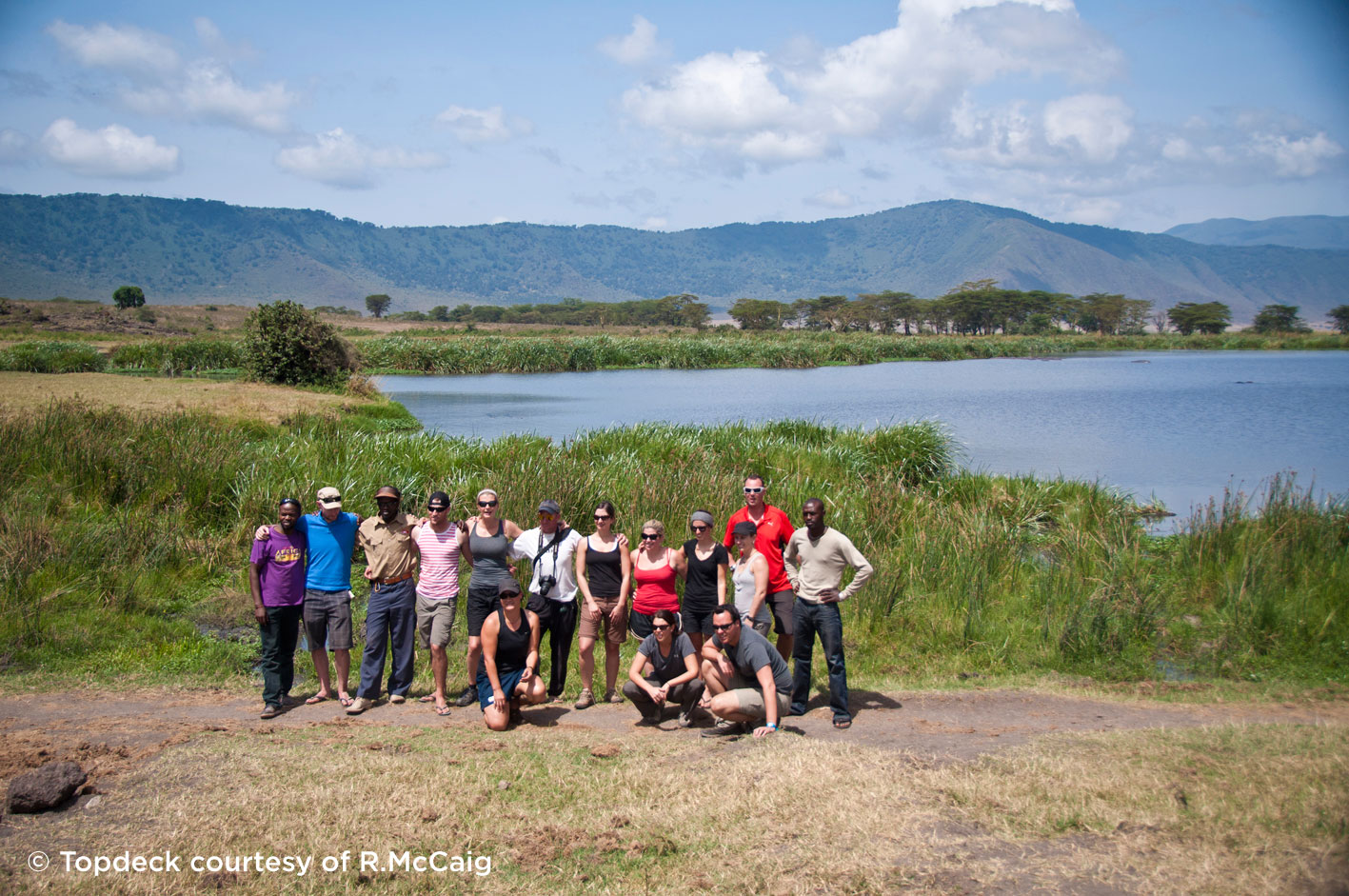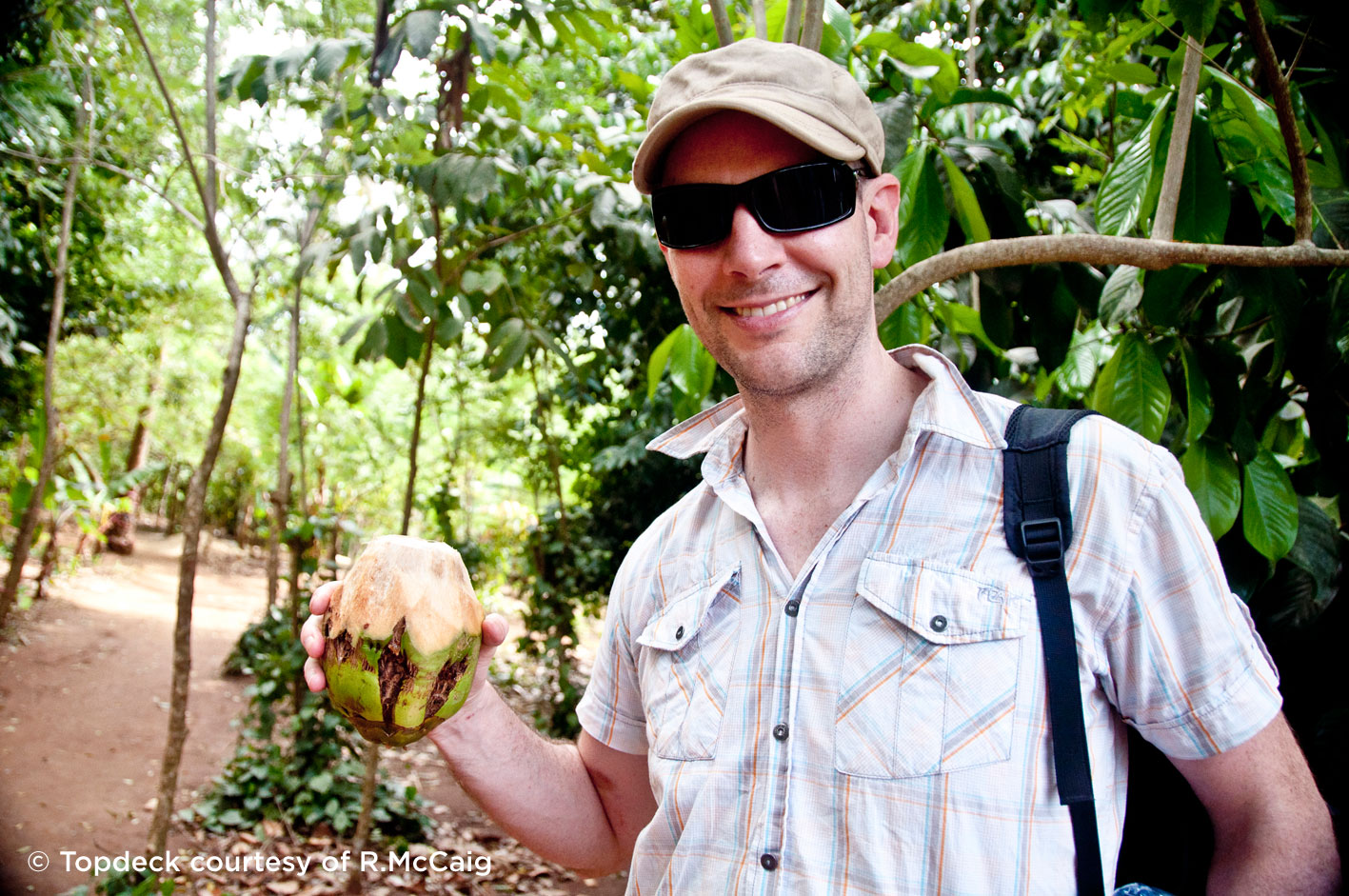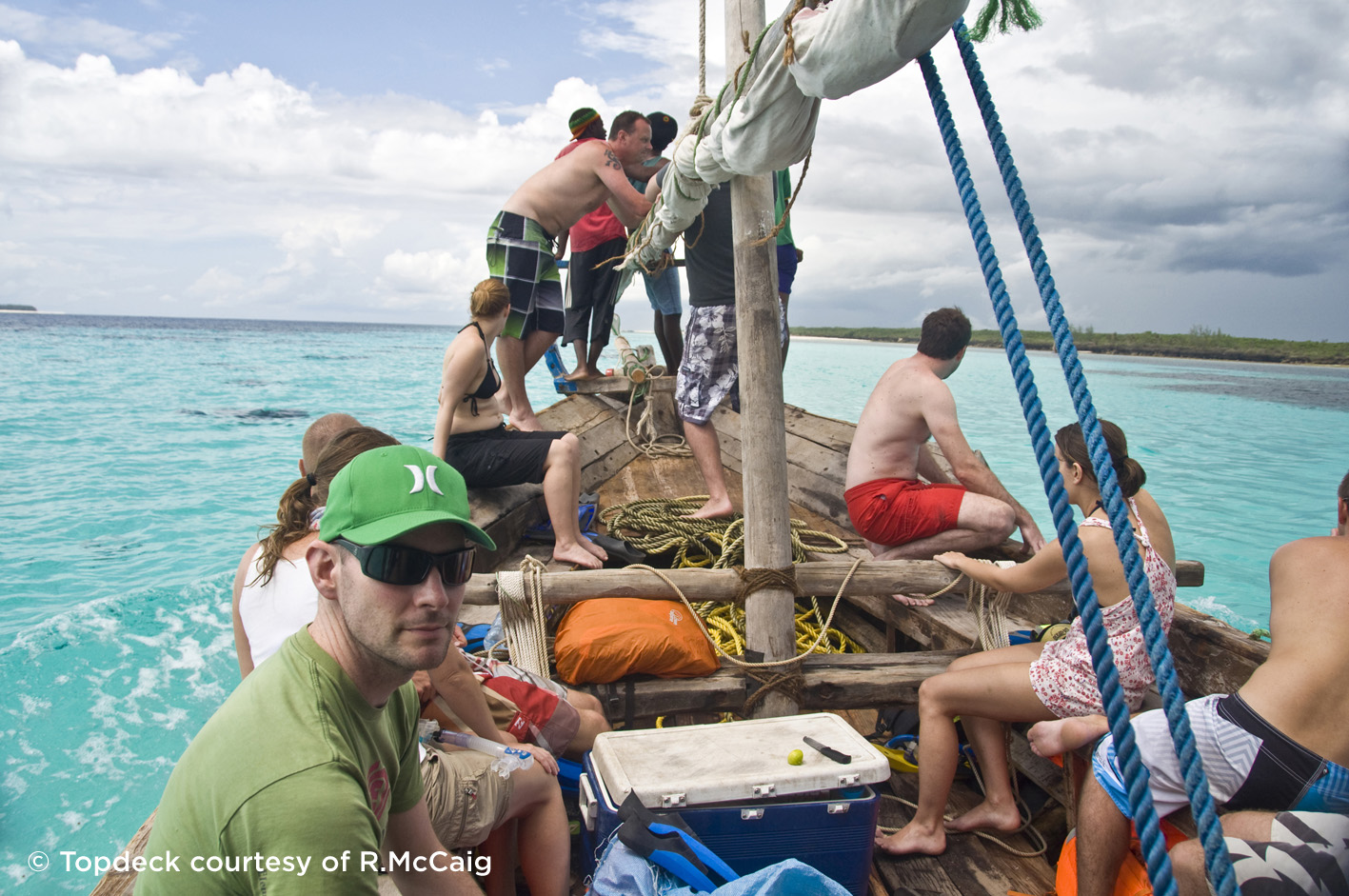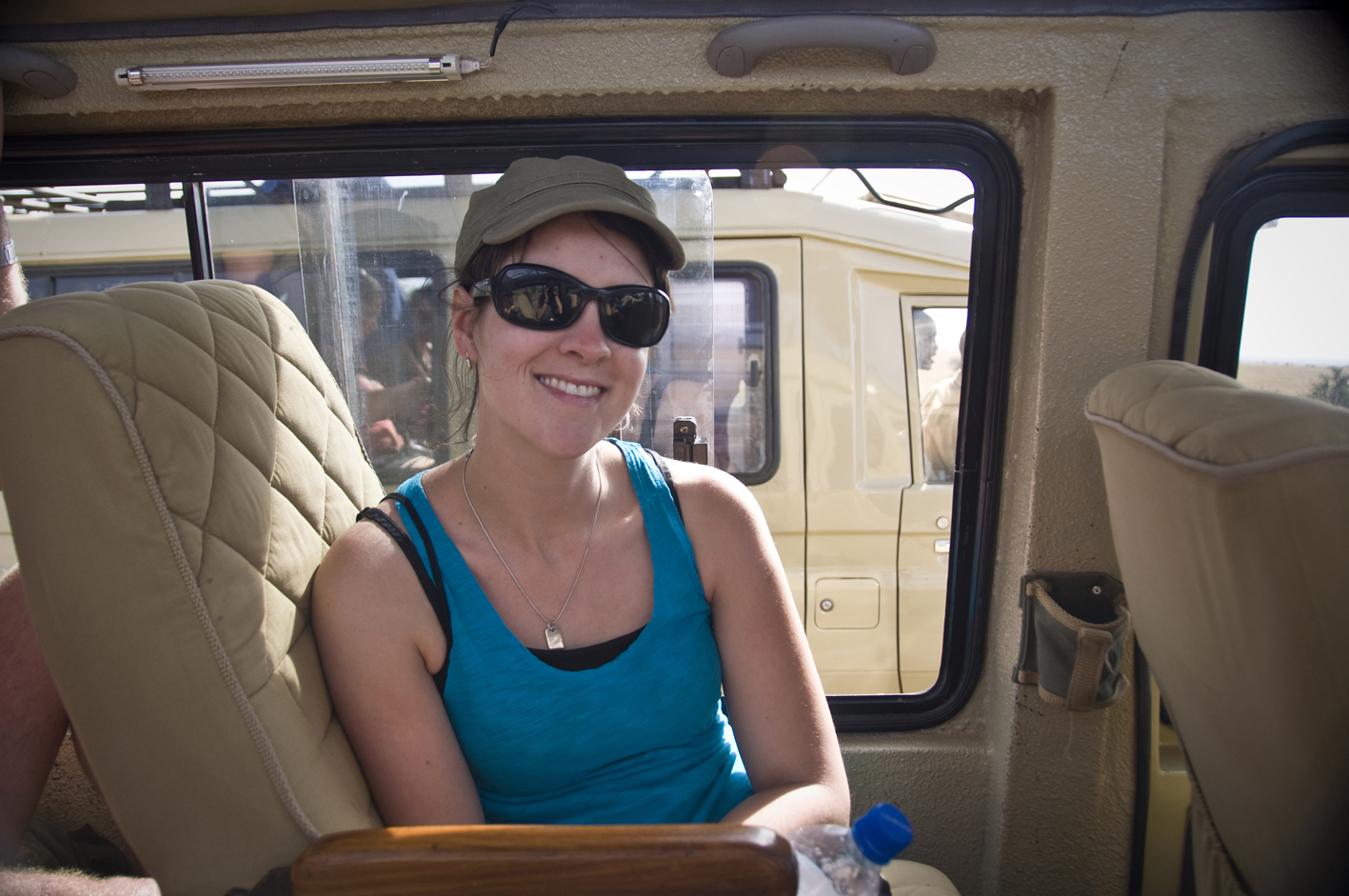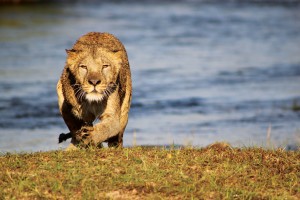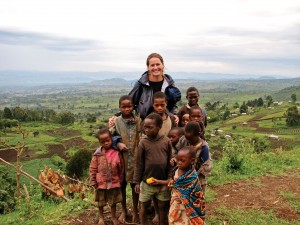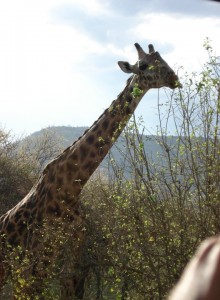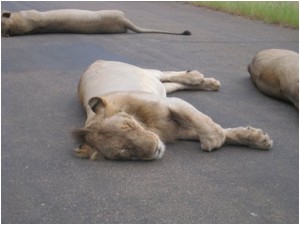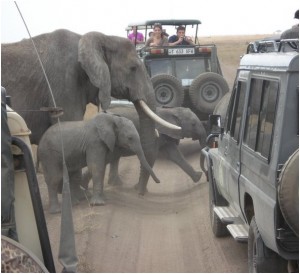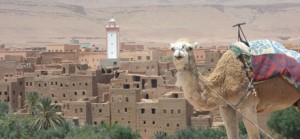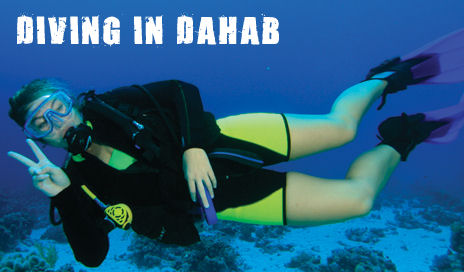40 Things to do before you’re 40
Tuesday, October 29th, 2013No. 36 Feel the Power of Mighty Vic Falls
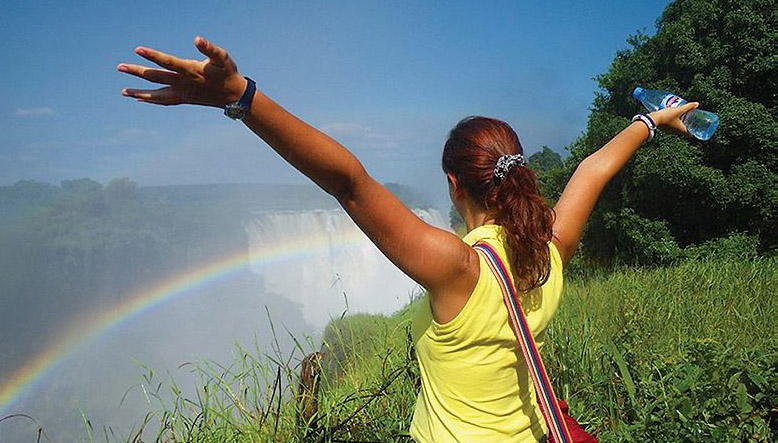
Capture the power of the falls
As up to three thousand tonnes of water plunges over a nearly two-kilometre-long precipice every second, plummeting over a hundred metres down, the resulting white cloud of spray billowing high into the air can be seen up to thirty miles away. Both the sheer ferocity of the falls and the awesome spectacle it creates are eloquently summed up in the name given to it by those living within earshot: Mosi-oa-Tunya, ‘the Smoke that Thunders’.
That we know this mighty force of nature by the less poetic Victoria Falls is thanks to David Livingstone, the British explorer who is believed to be the first European to witness them. It is a reflection of the colonial attitudes of the day that he chose to name them in honour of the reigning Queen Victoria, similar to the attitude that would see a nearby Zambian town named Livingstone.
Fortunately though, just as a rose by any other name would cost as much, the astounding power of the world’s largest falls thunders for itself, making the chance to see them one of the most coveted travel experiences around.
But this isn’t simply about turning up, joining a group of poncho wearing tourists and taking a boat out to within a zoom-lens distance. No, no, no! The only way to really do justice to the force of the falls is to experience it in a manner as awesome and memorable as the falls themselves. And fortunately, there are a few options to choose from that will let you do just that.
Get an angel’s-eye view
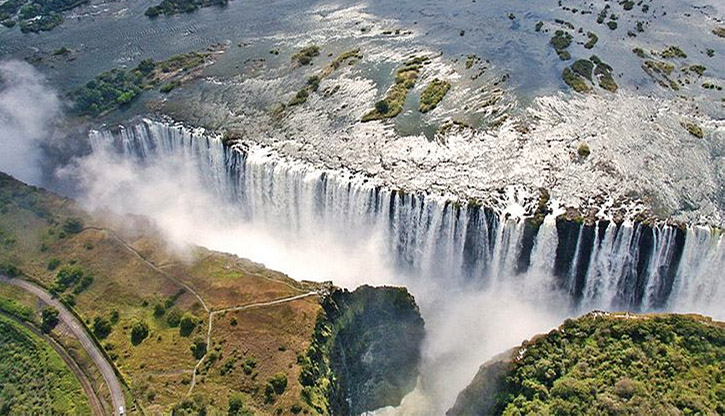
Get an angel's view
For those not so keen to put all their faith in a microflight, there are also helicopter flights that offer a similar experience. But the enclosed cabin and roar of the propellers dilutes the experience for some.
DO look down!
If flying high above the falls is the domain of the angels, then your next option is aptly named. Devil’s Pool tests the trepidation of even the most fearless traveller, as it involves jumping unaided into the river just a few metres upstream of the falls. Then, as the current drags you closer and closer towards the edge, with nothing in reach to stop you hurtling over with the current, at the very last minute a lip in the pool halts the flow and leaves you resting on a rocky outcrop and peering down into the deep abyss below. Never will you appreciate more the sheer size and force of Vic Falls than to sit in the middle of it and look down over the edge!
Going into free-fall
As to truly experiencing the sensation of free falling 100 metres to the rocks below, well the best way to do that is to just hop in a barrel a few hundred yards upstream and let gravity take care of the rest. Probably no less exhilarating though – and considerably kinder to loved ones – is the nearby bungee jump that lets you take the same fast route to the bottom of the gorge.
If your budget, or perhaps even your bladder, excludes you from doing a bungee, there are plenty of other activities available that have earned the region a reputation for being the Africa’s adventure playground. From the heart-stopping, such as a gorge swing or white water rafting on the Zambezi (starting below the falls we add), to the spirit-warming, like a sunset cruise in search of wildlife, there is something in and around the area that doesn’t just let you see them, but lets you live the force of nature that is the spectacular Victoria Falls.
And would you believe it, many of Topdeck's fabulous Africa adventures spend several days in and around Livingstone, meaning you'll have the chance to try all, or at least one of, the above for yourself and truly expereience the power of the mighty Vic Falls.
